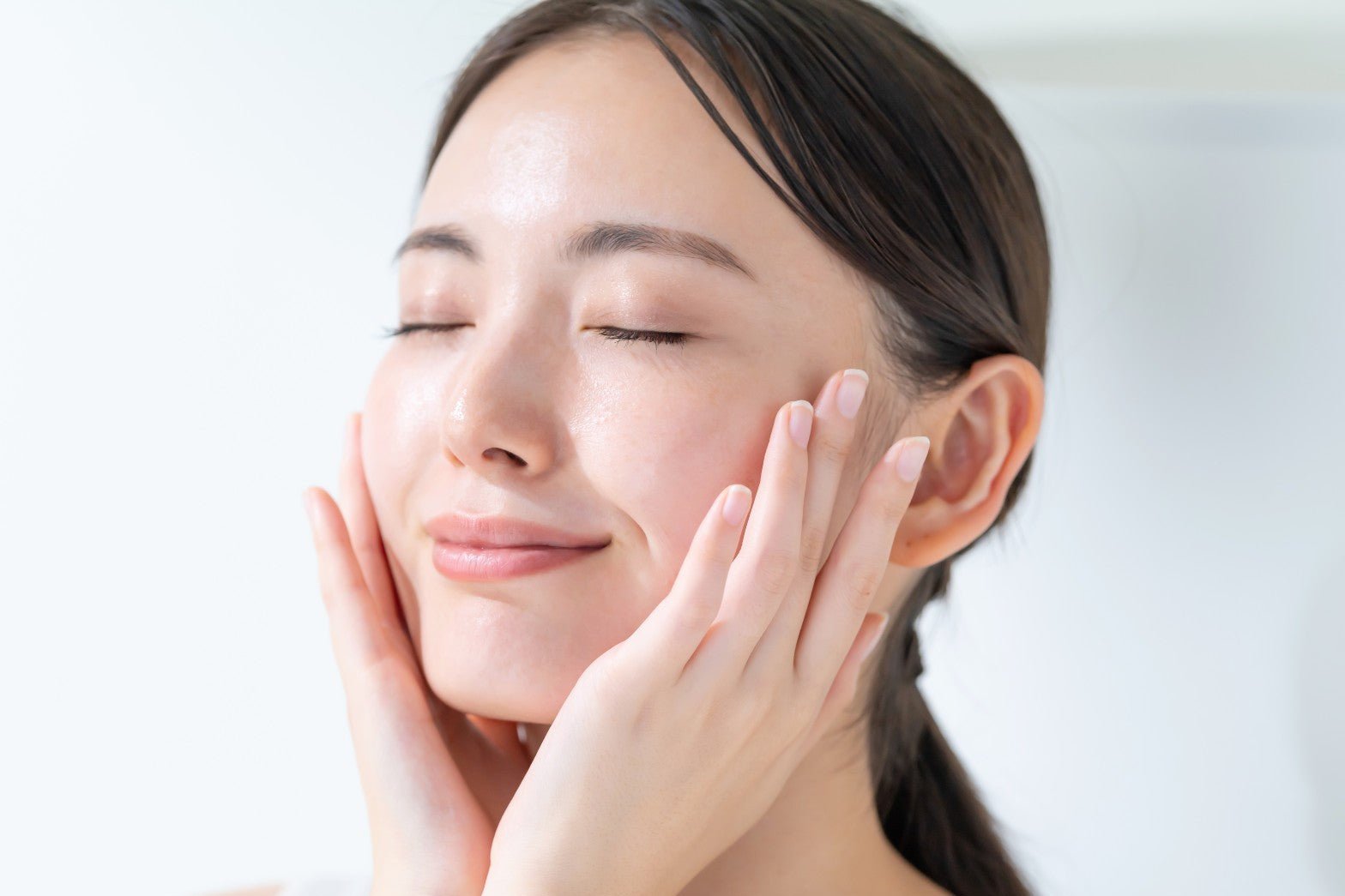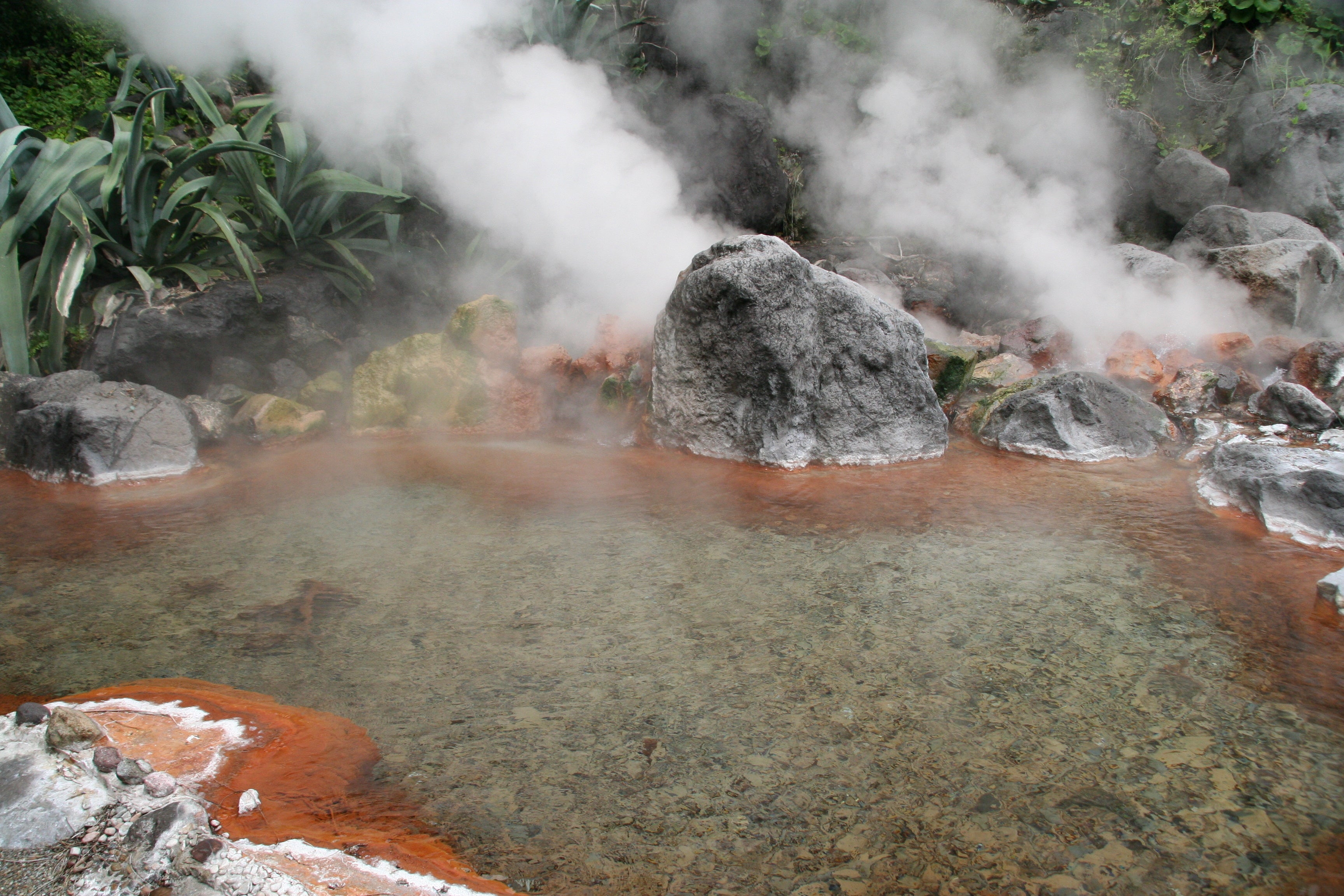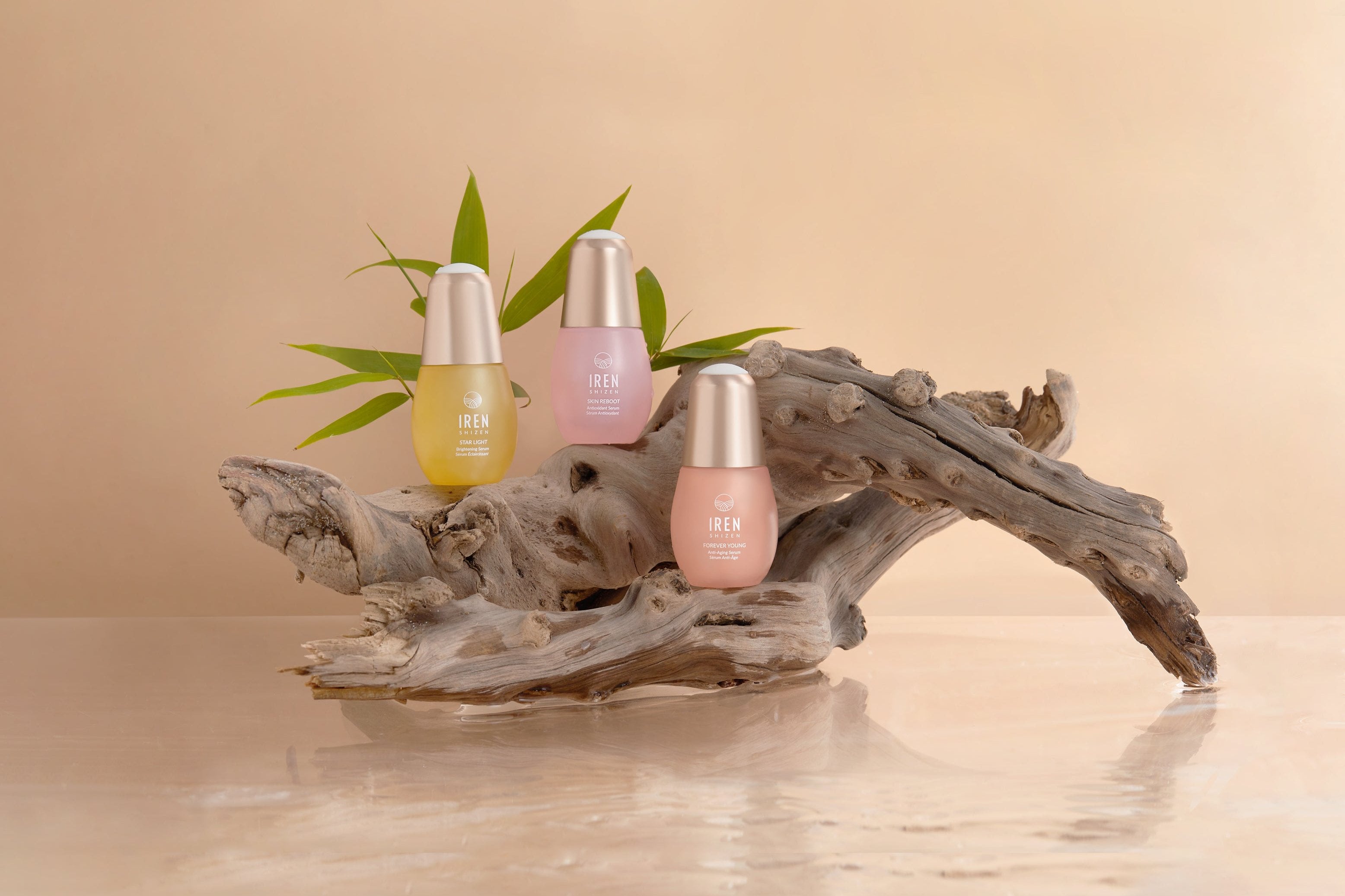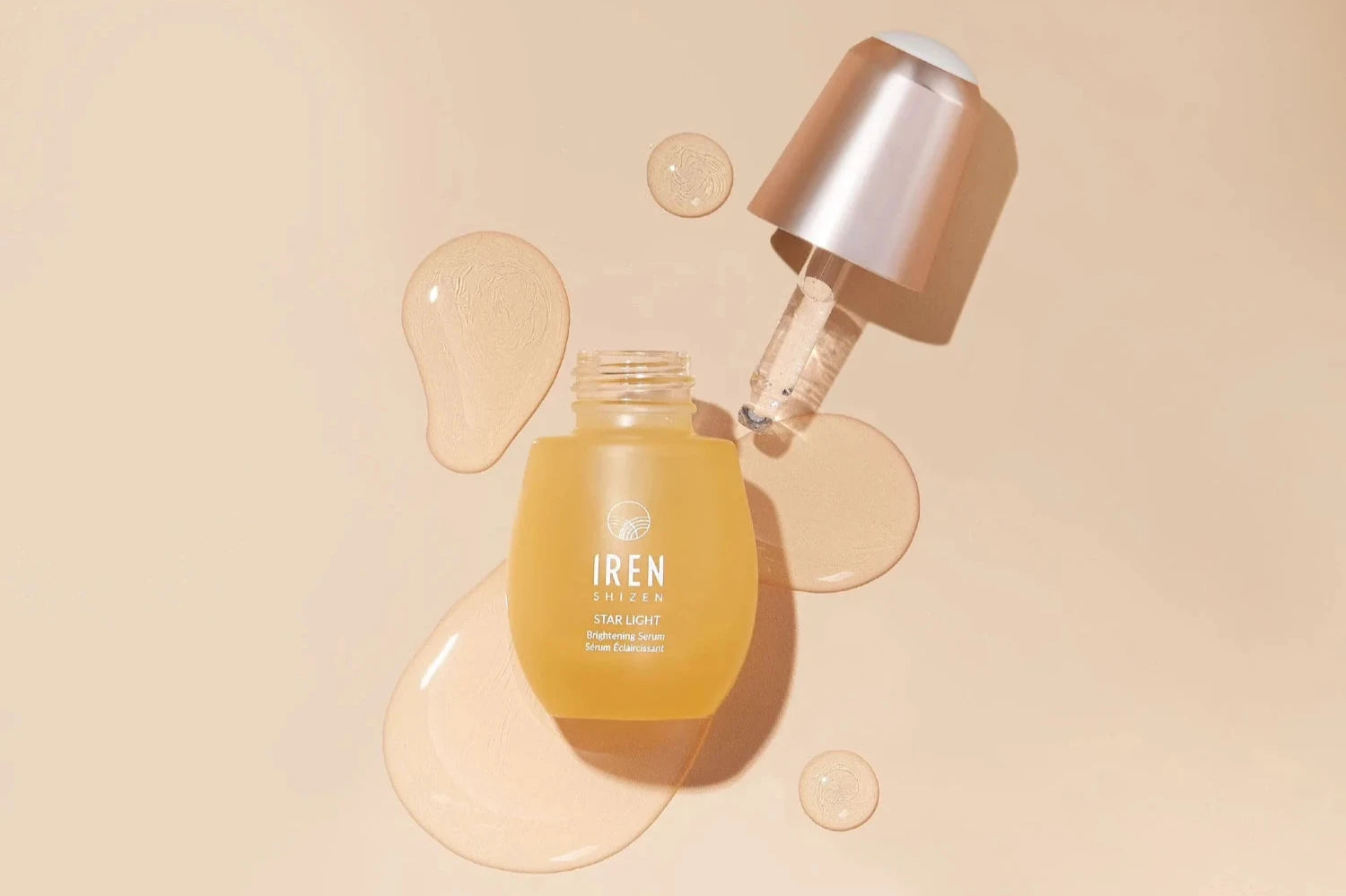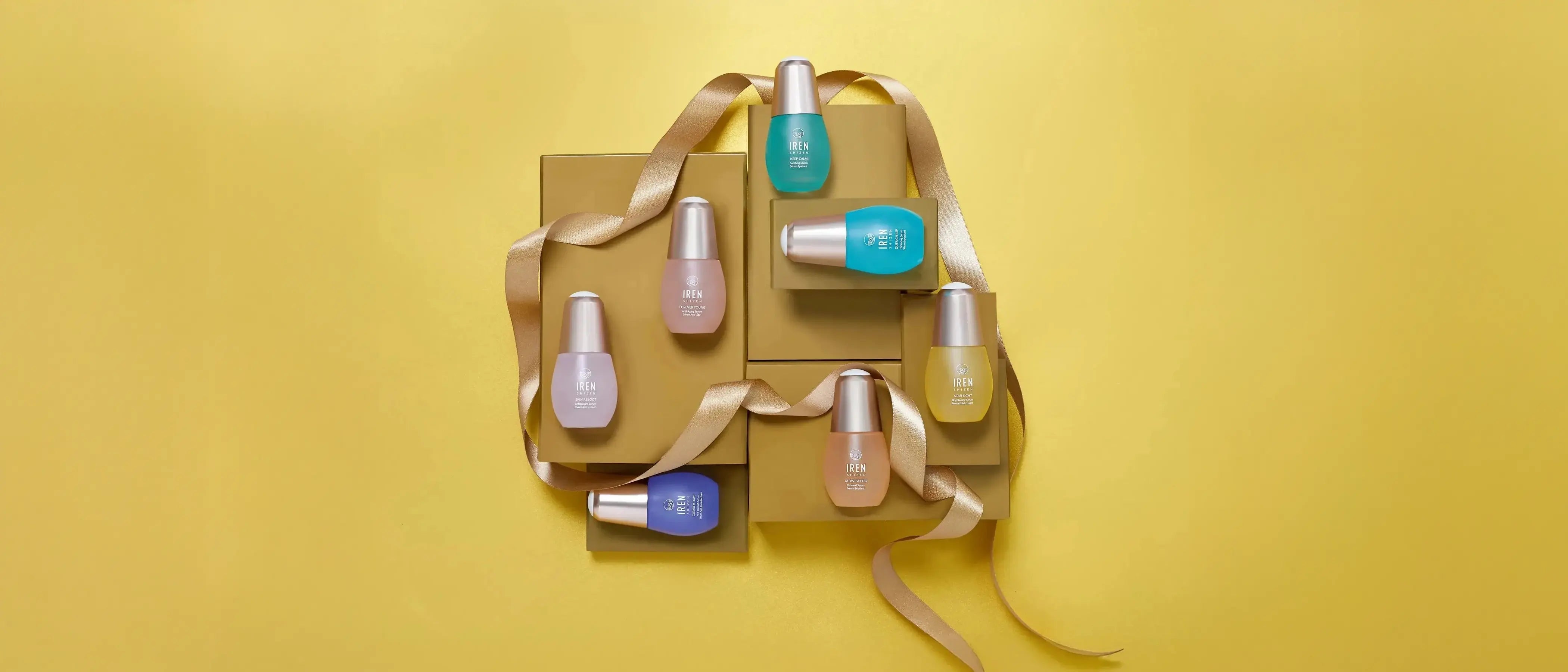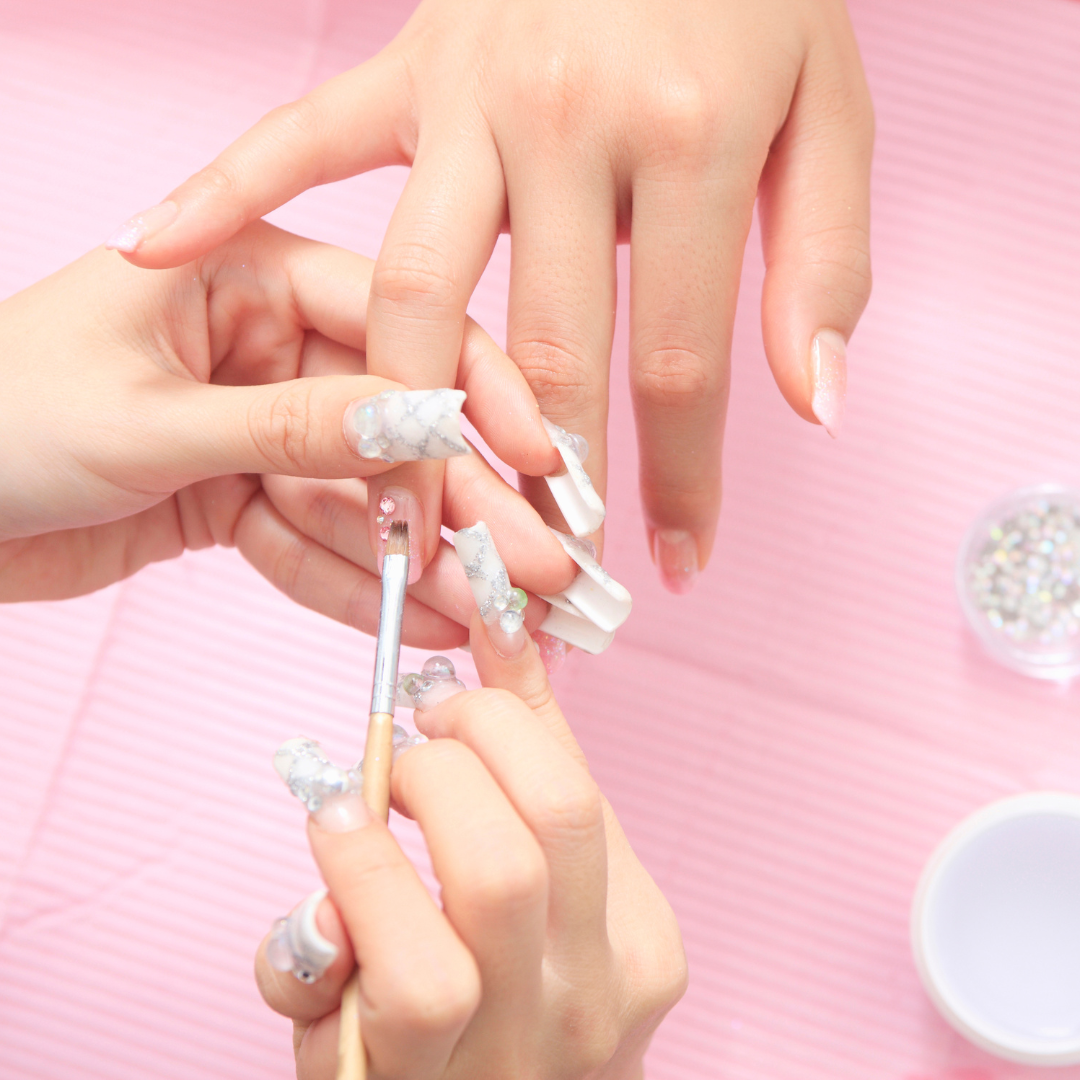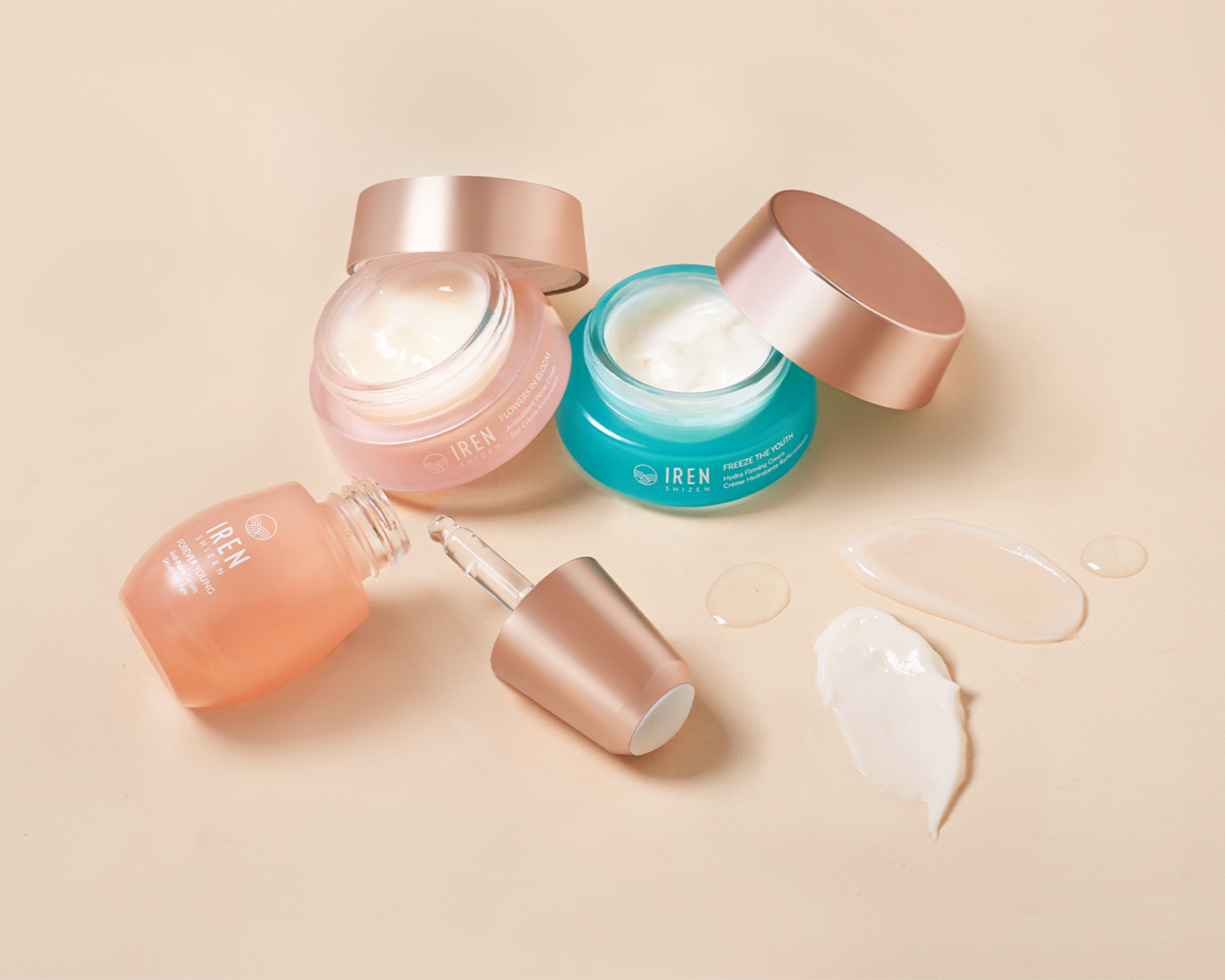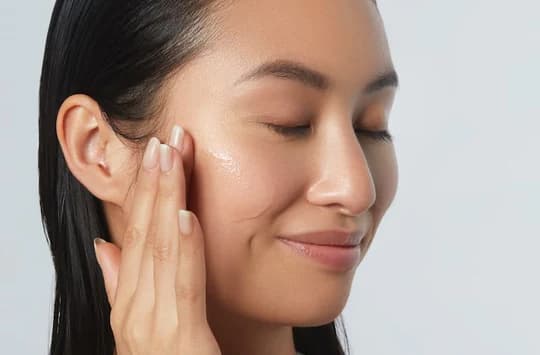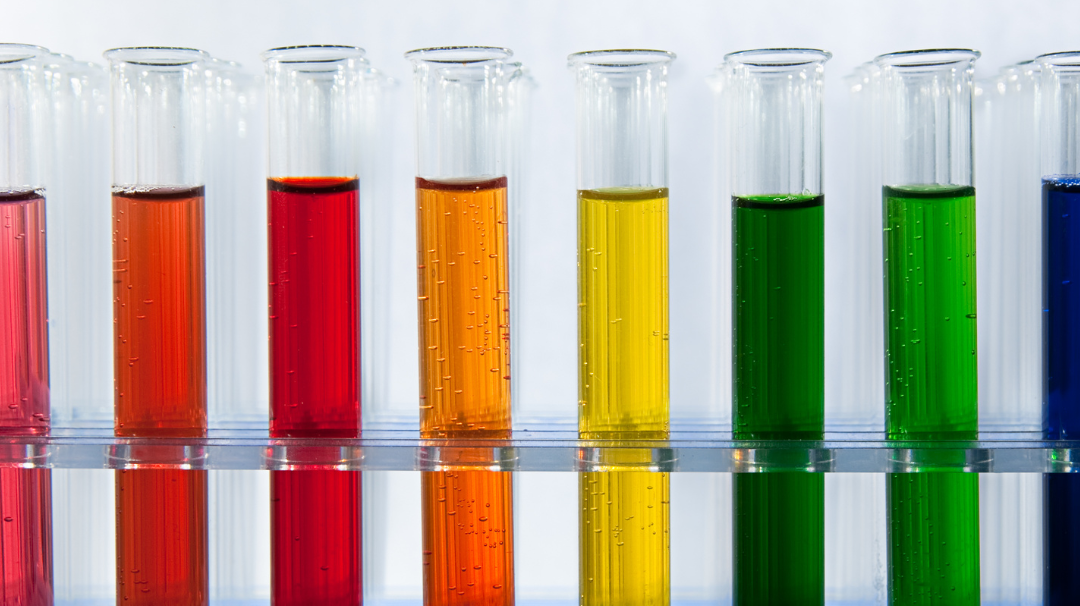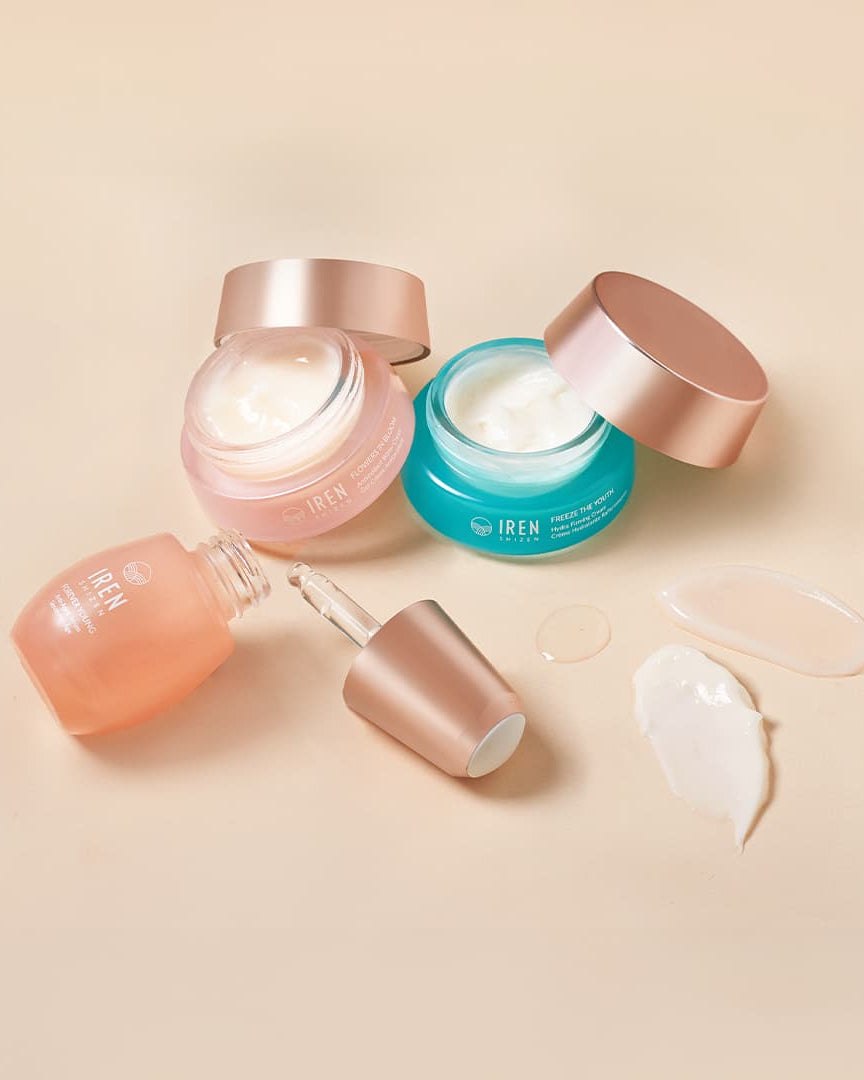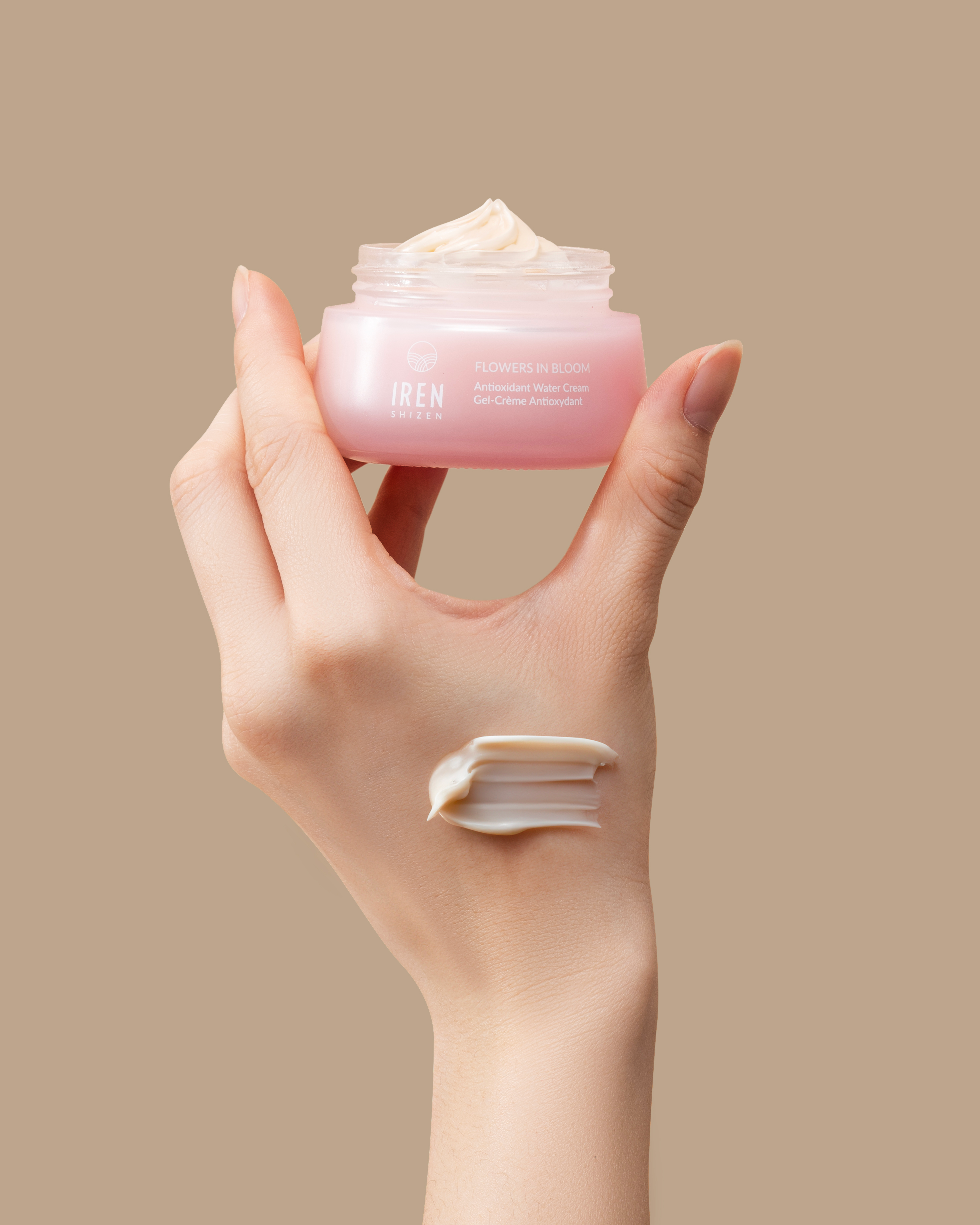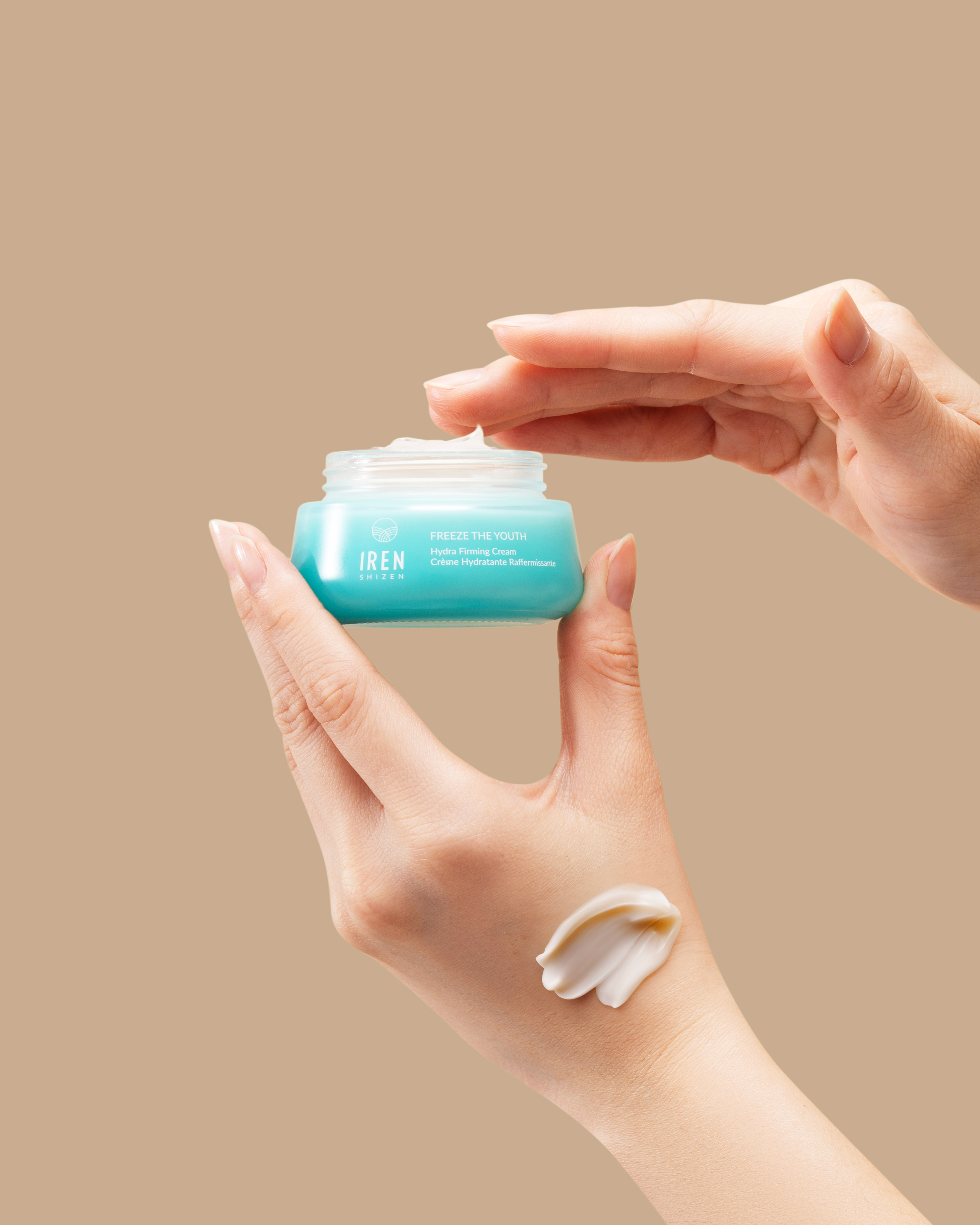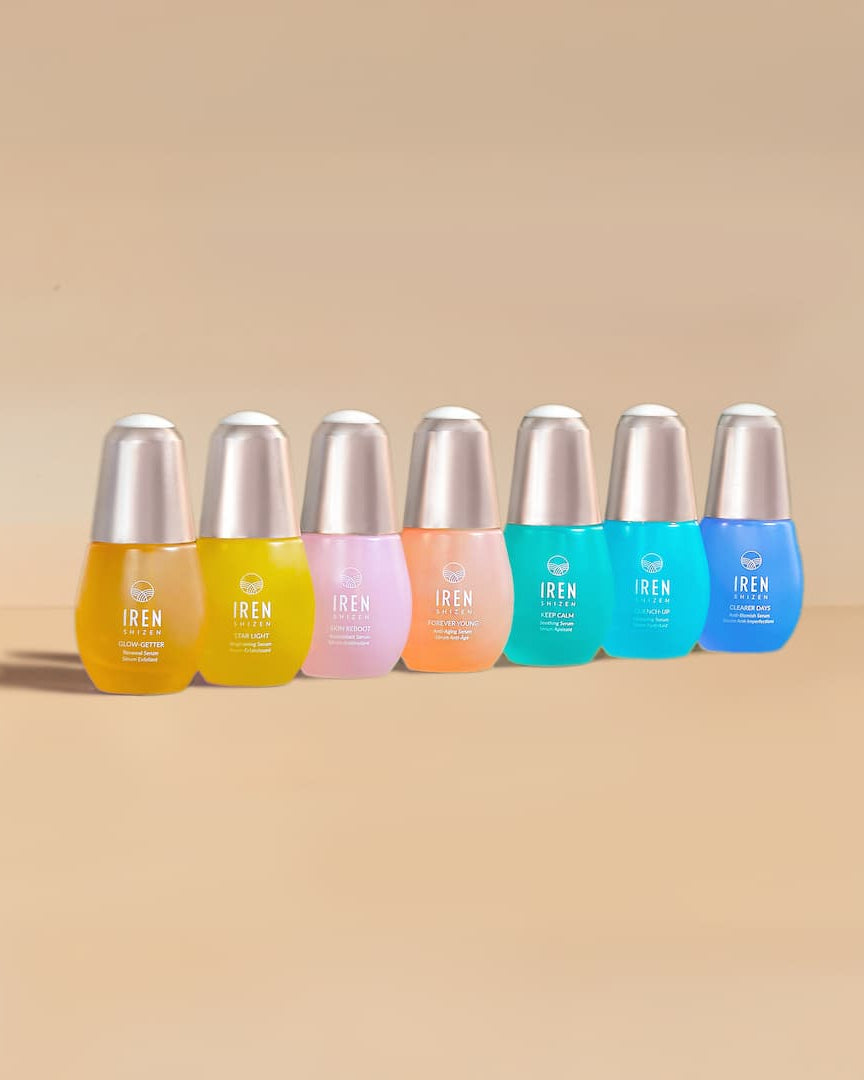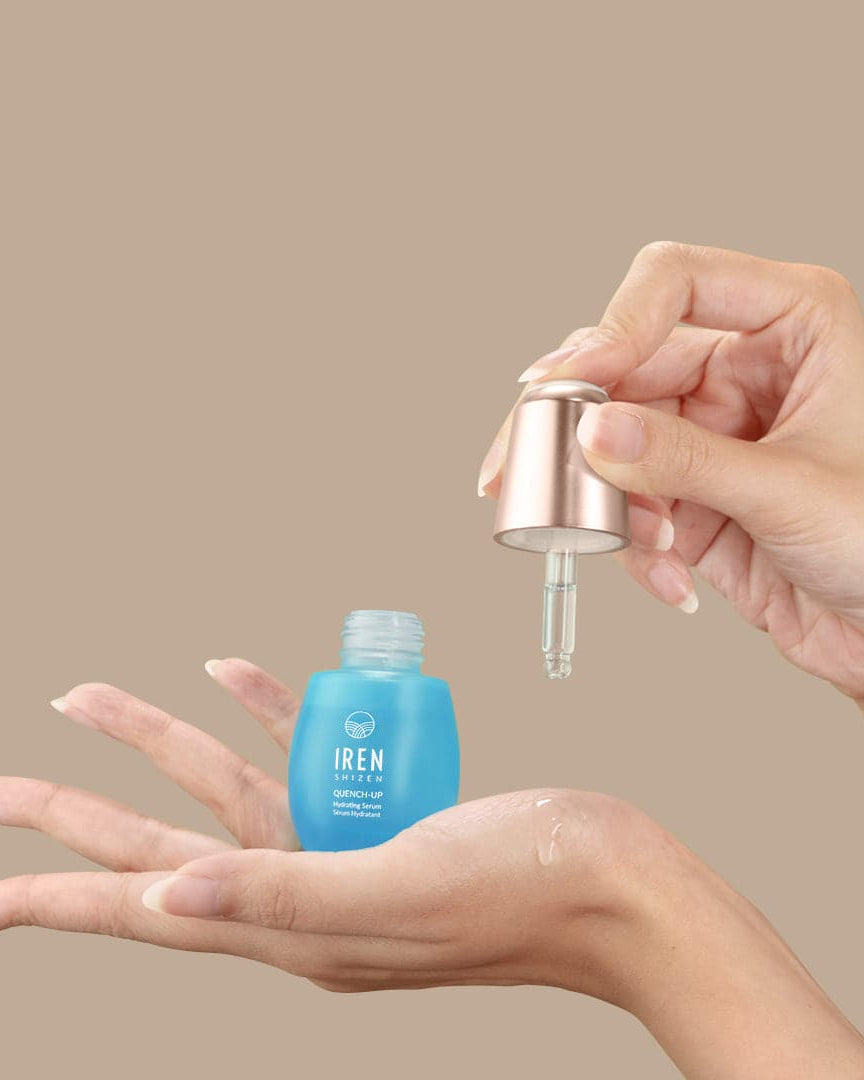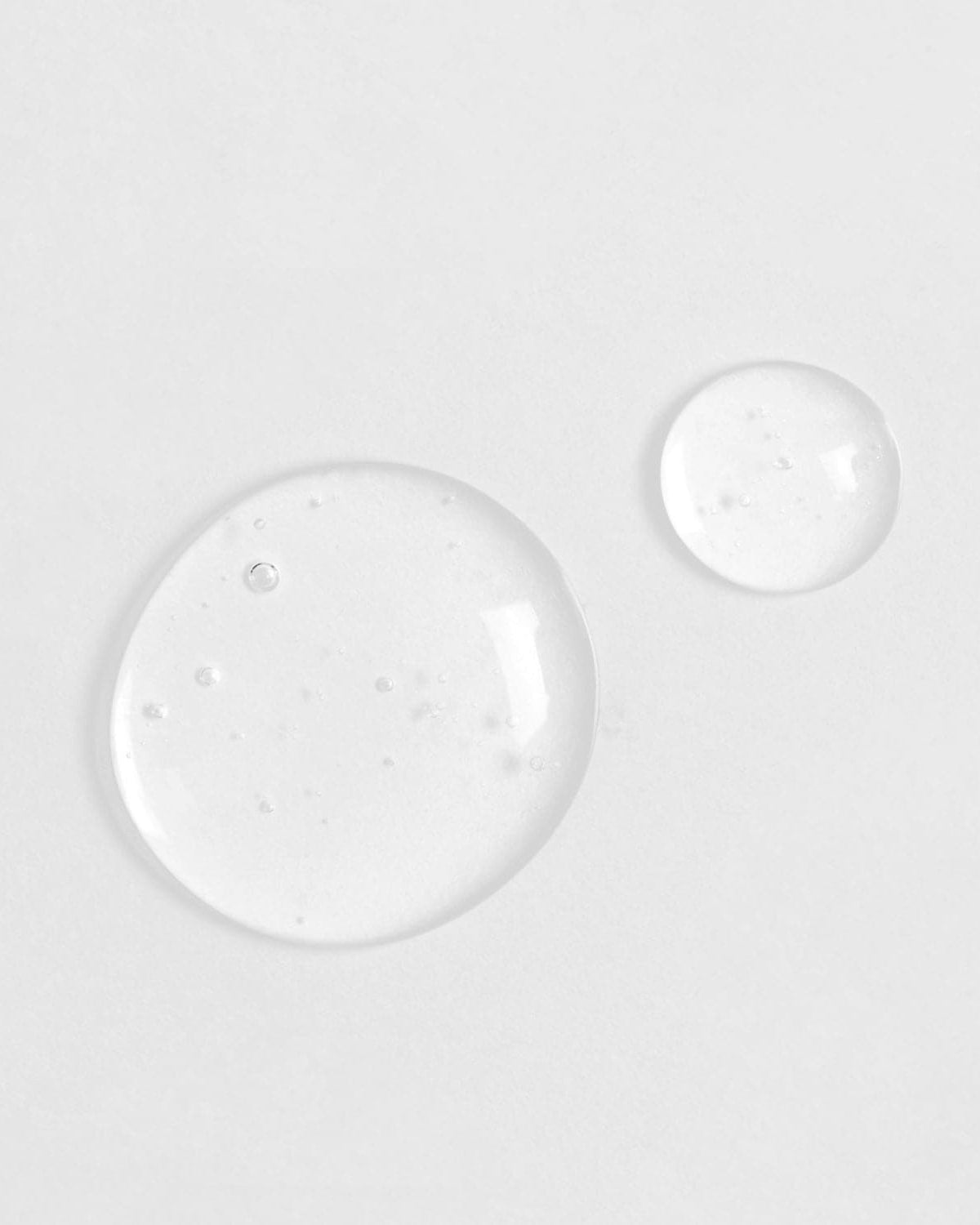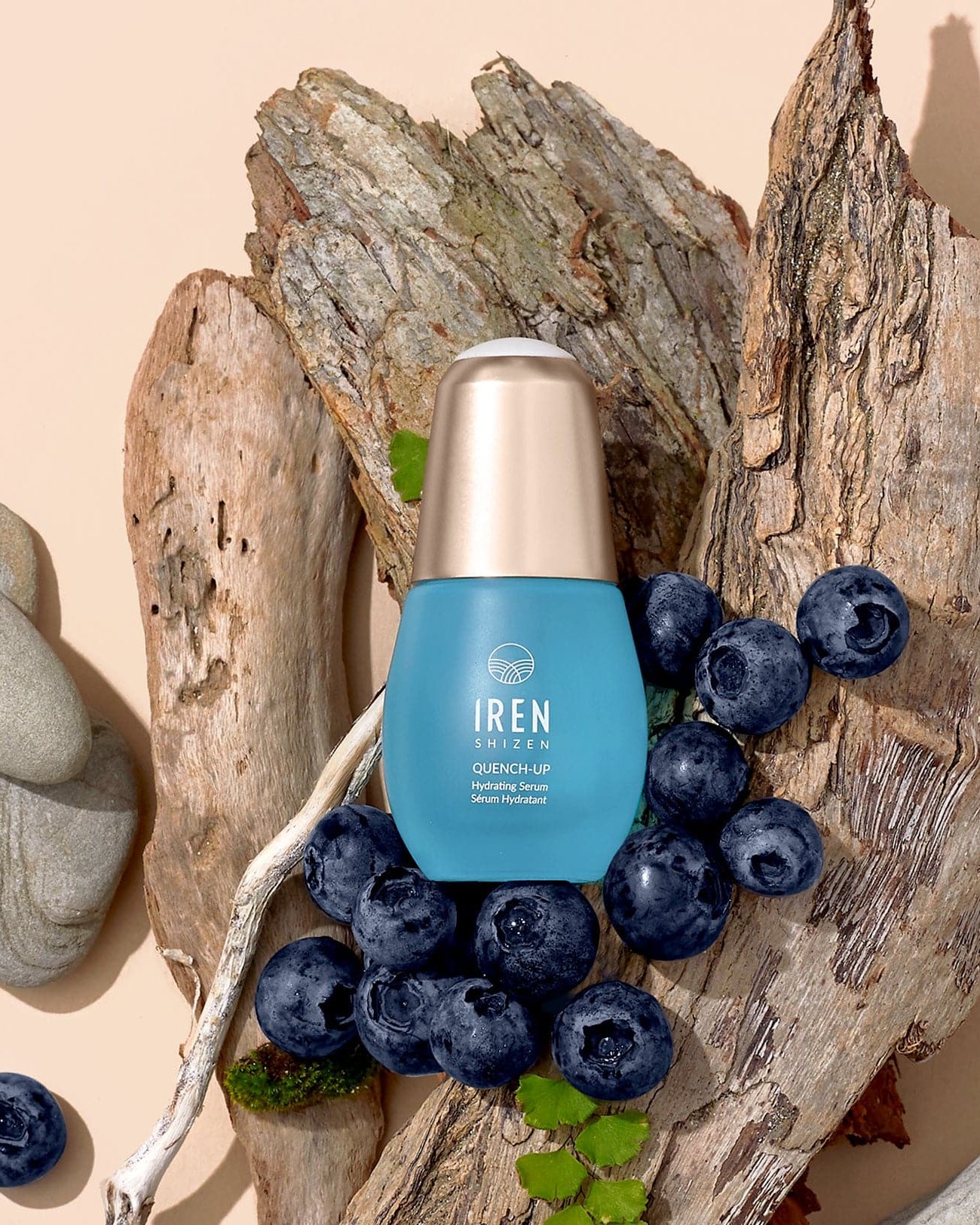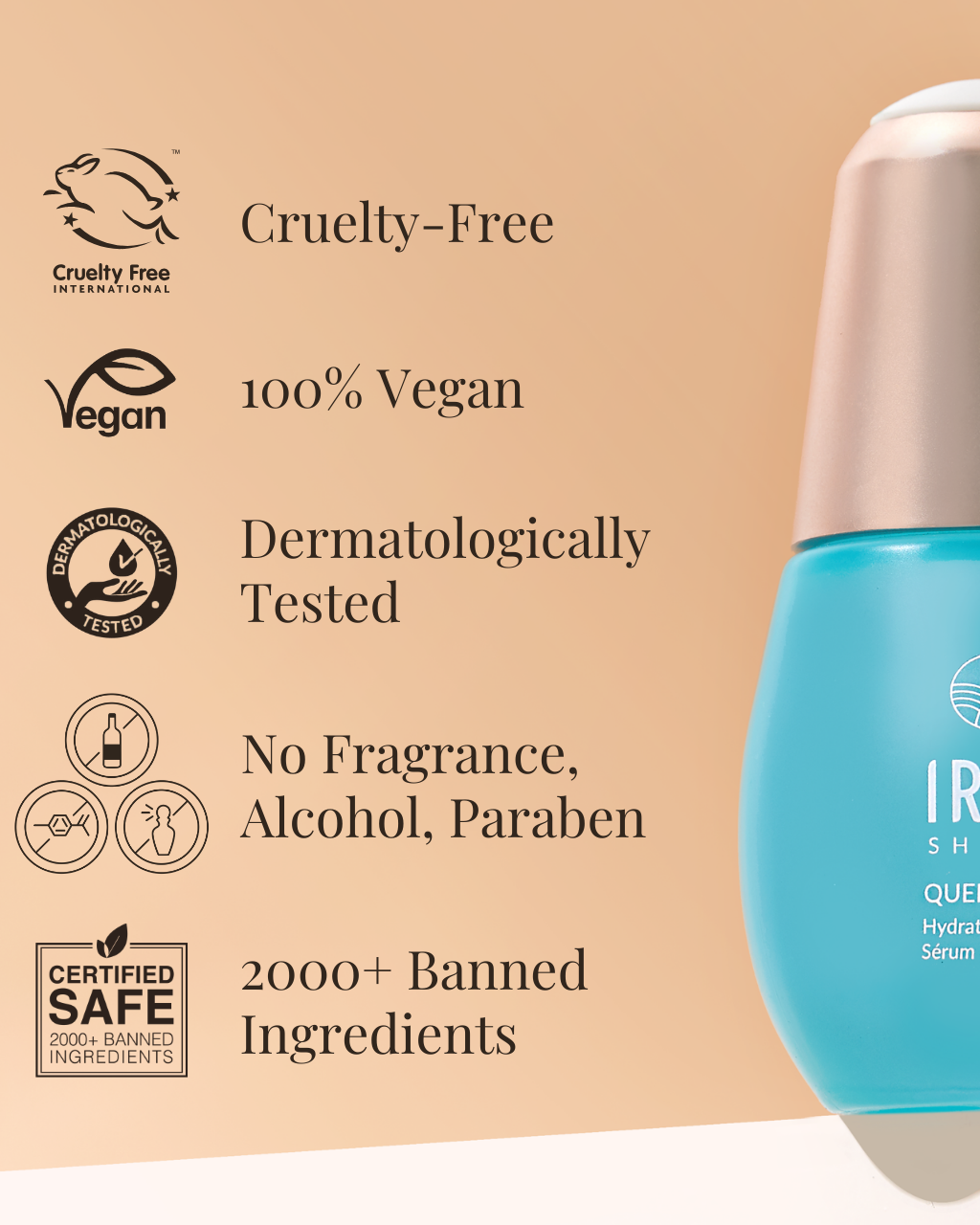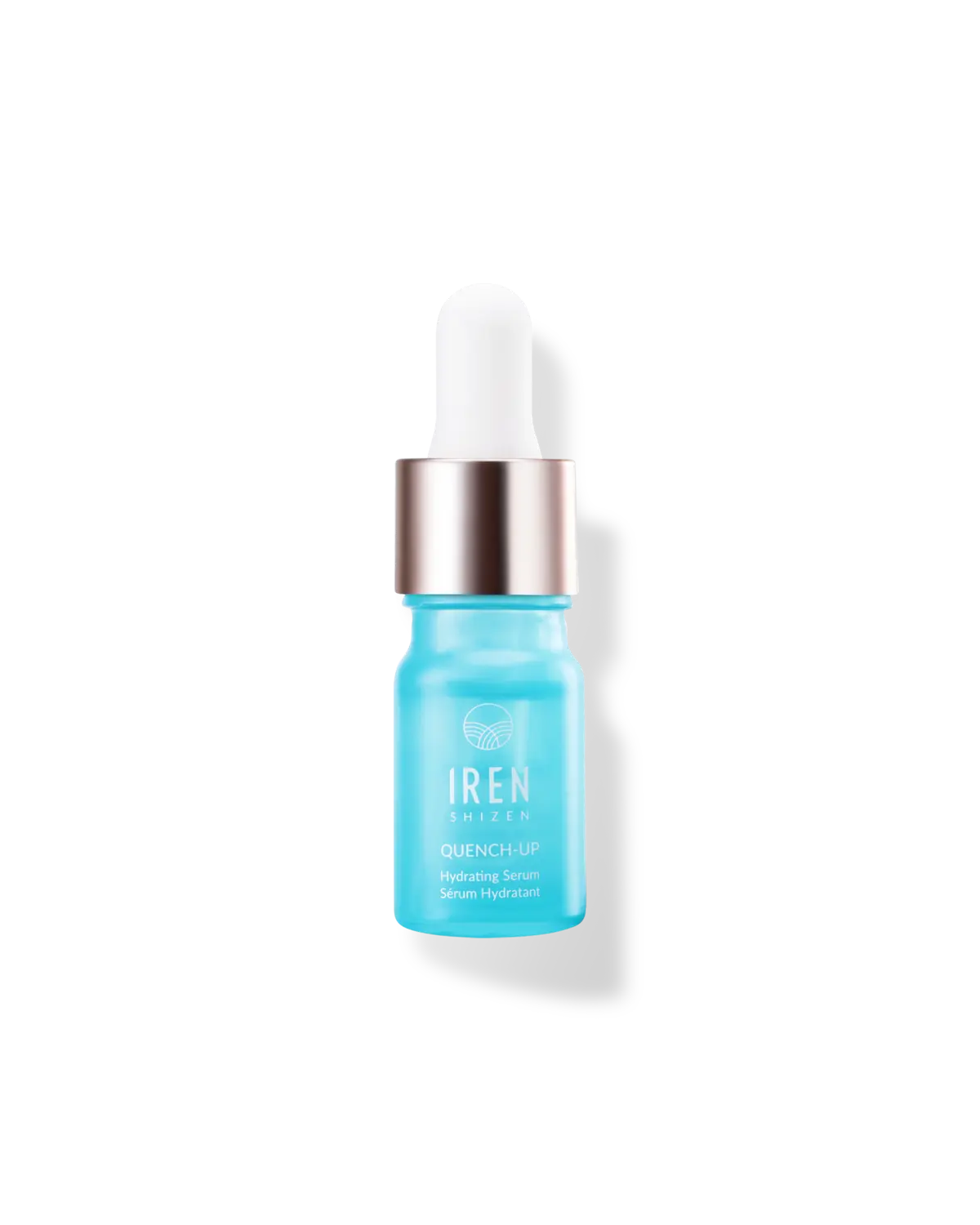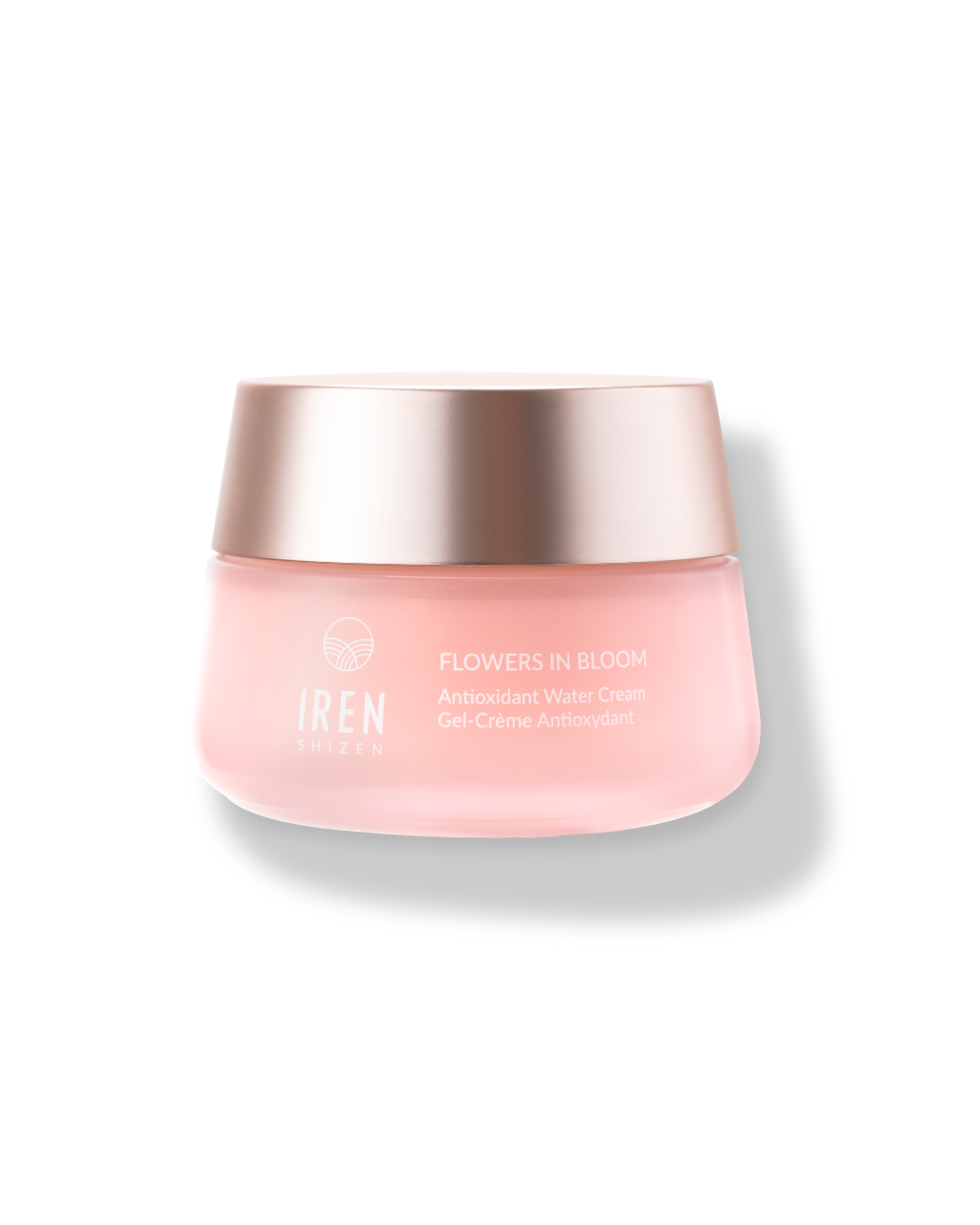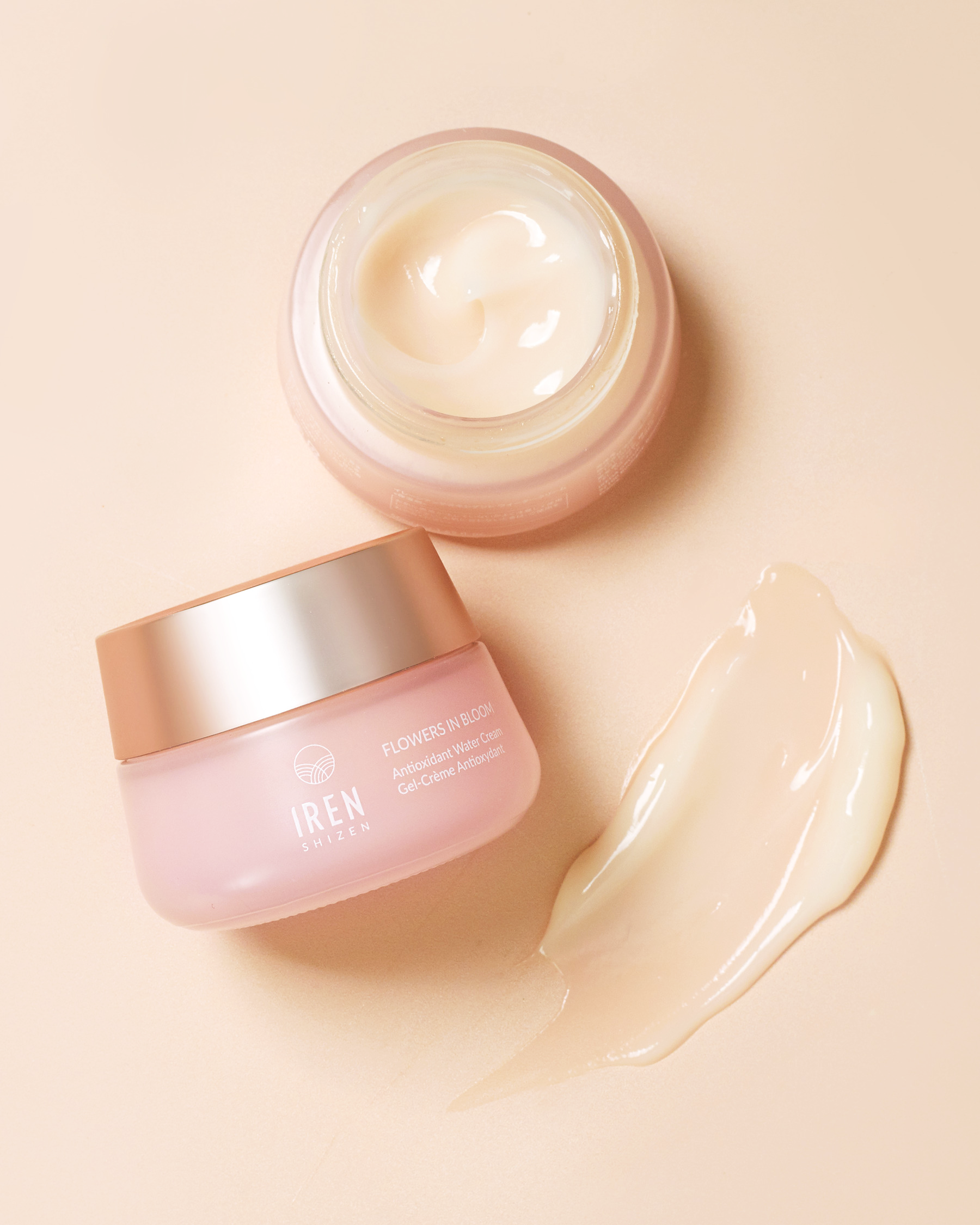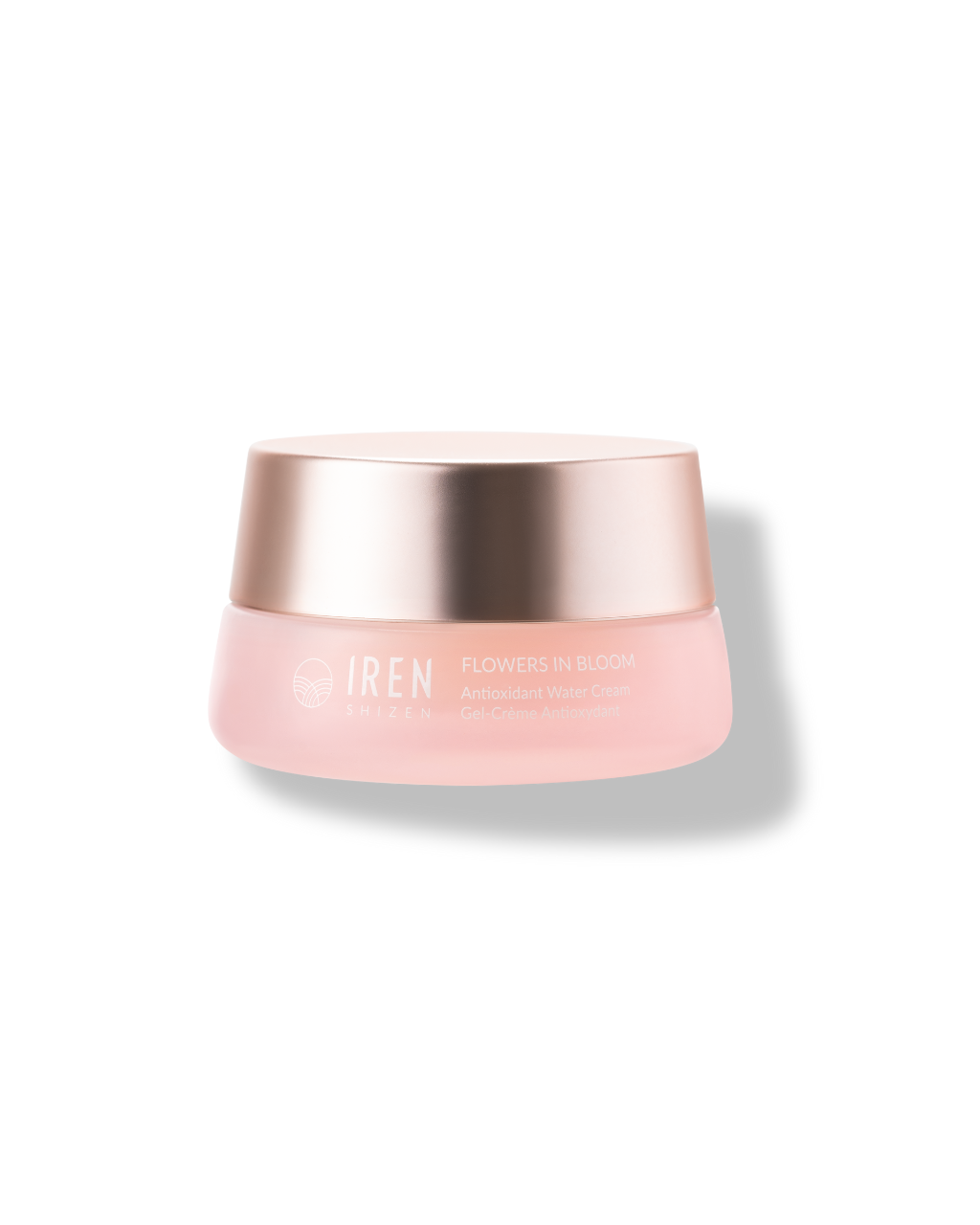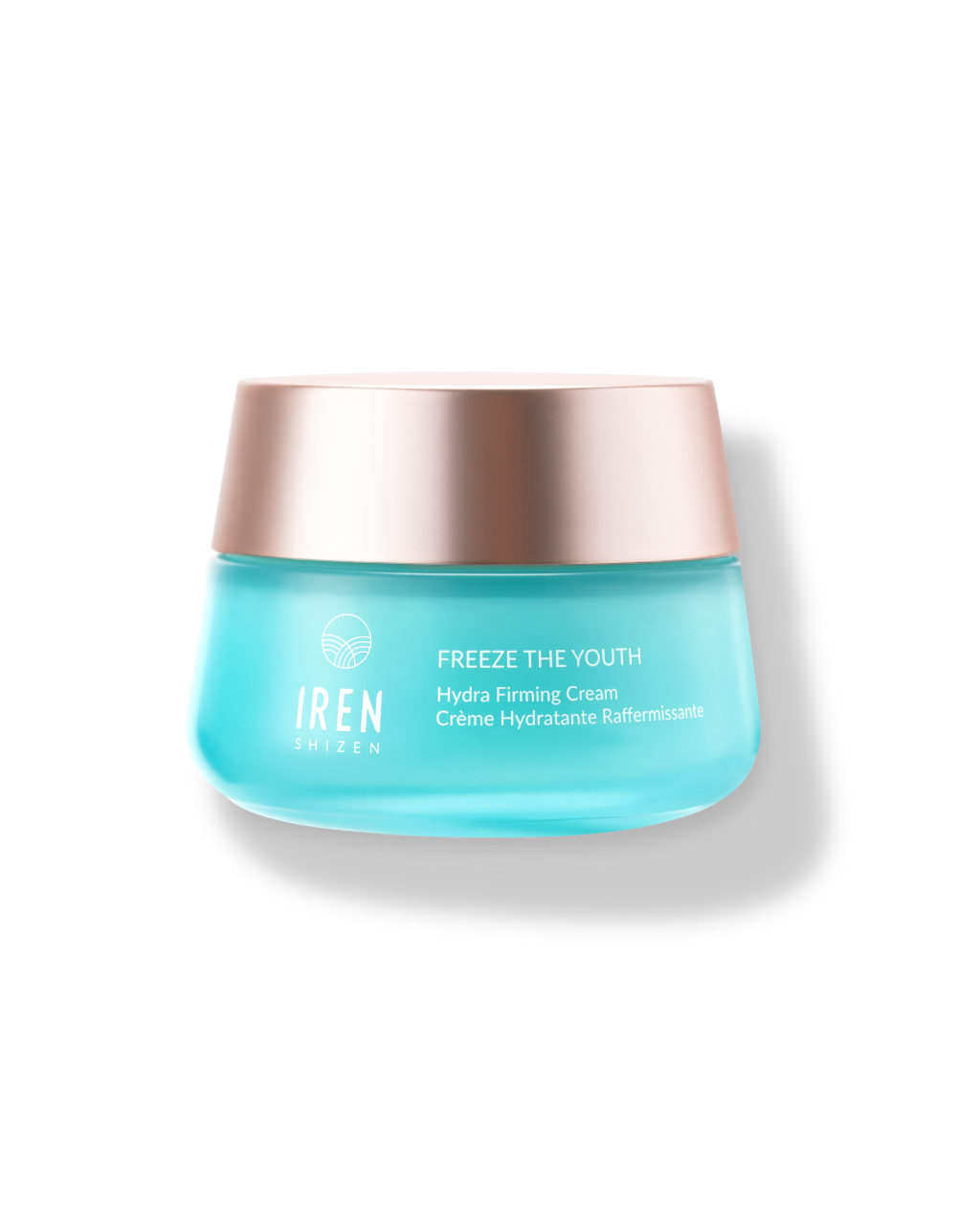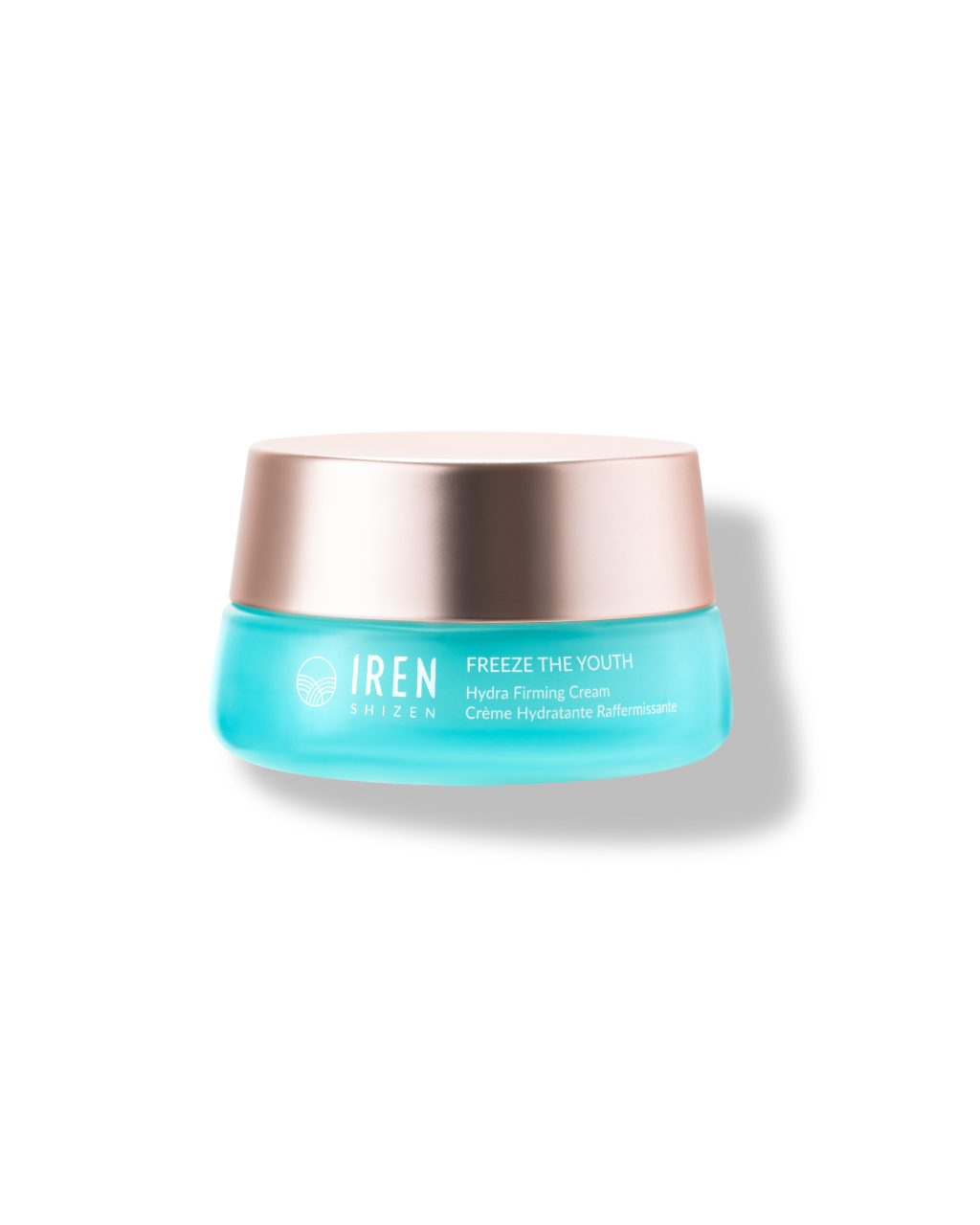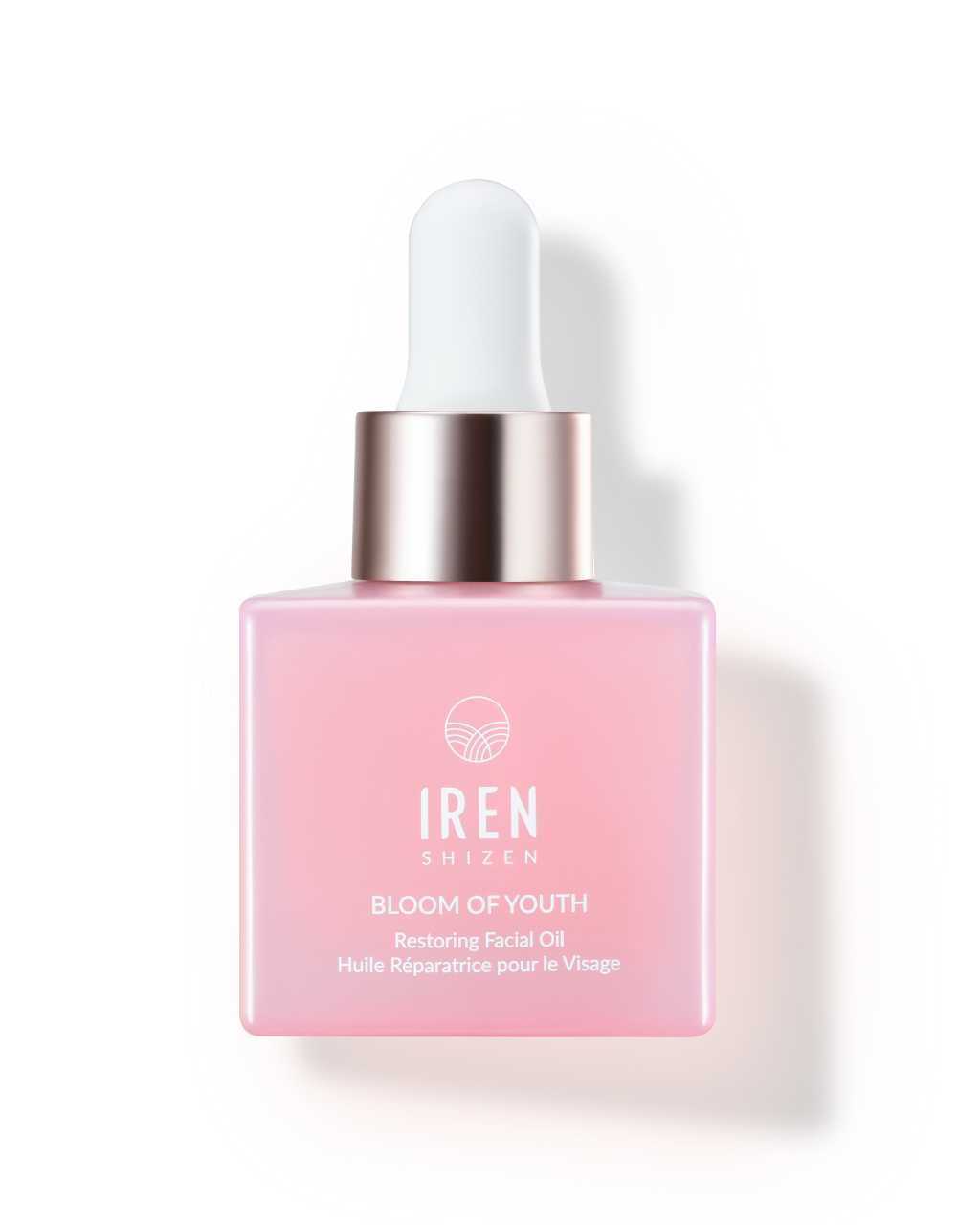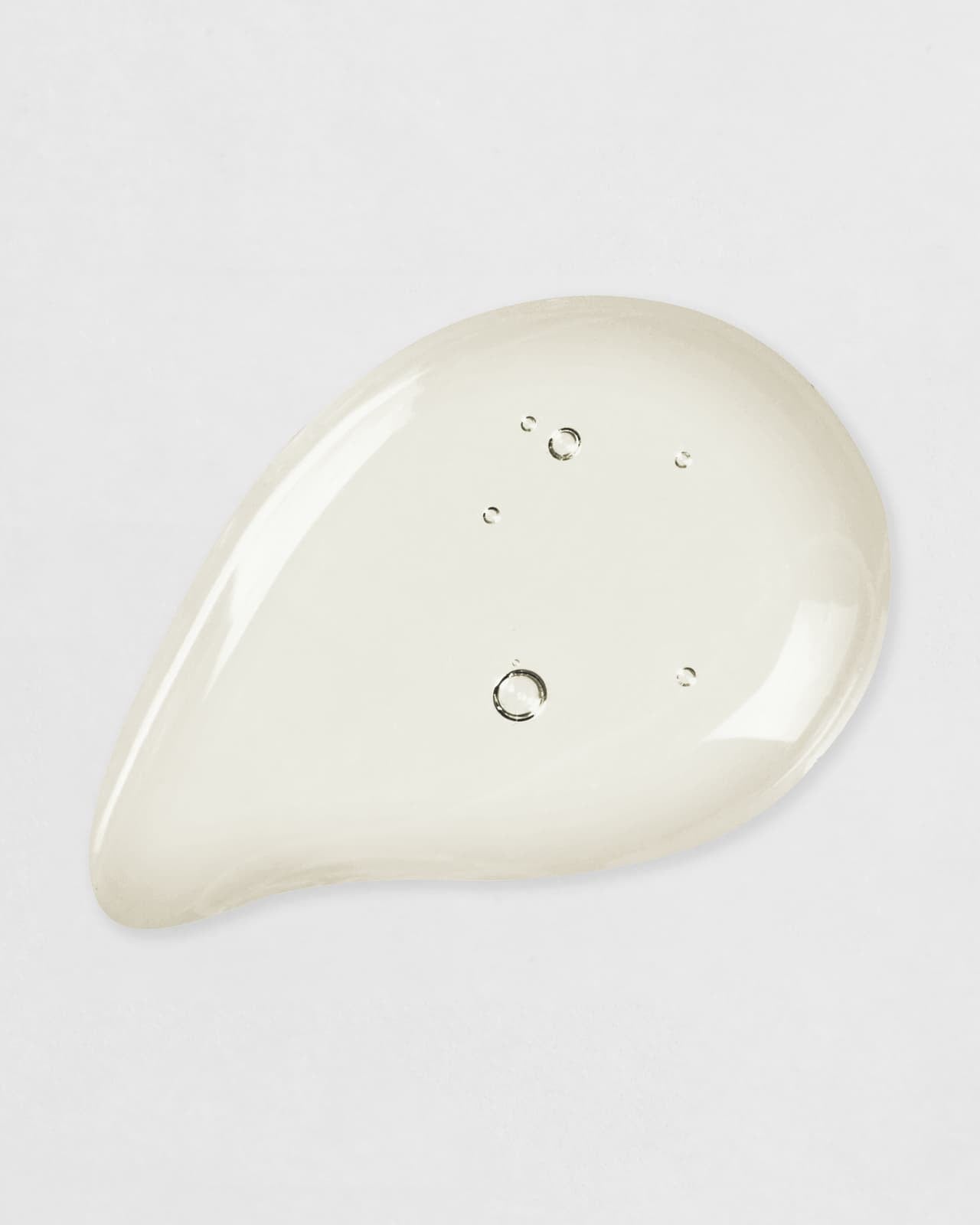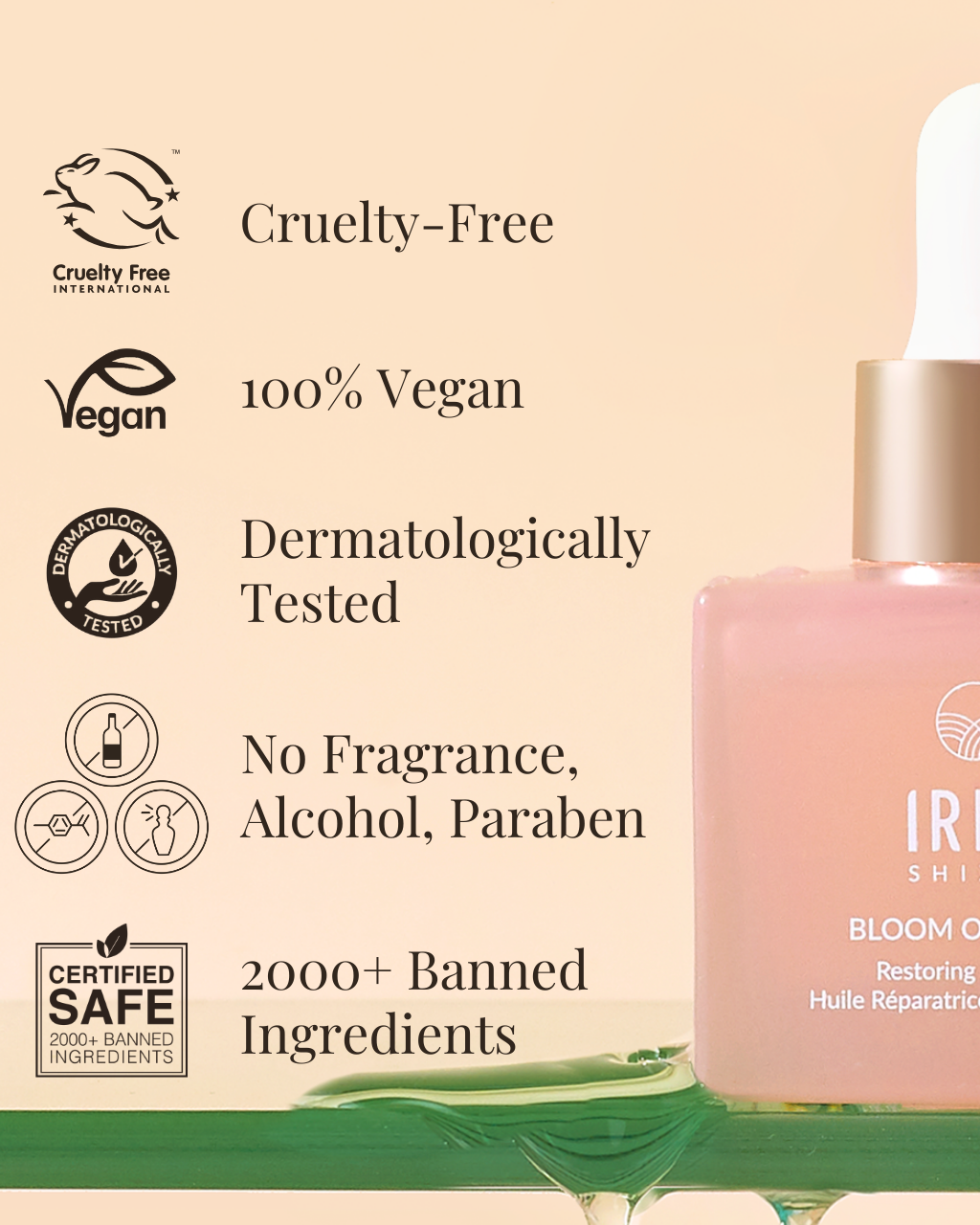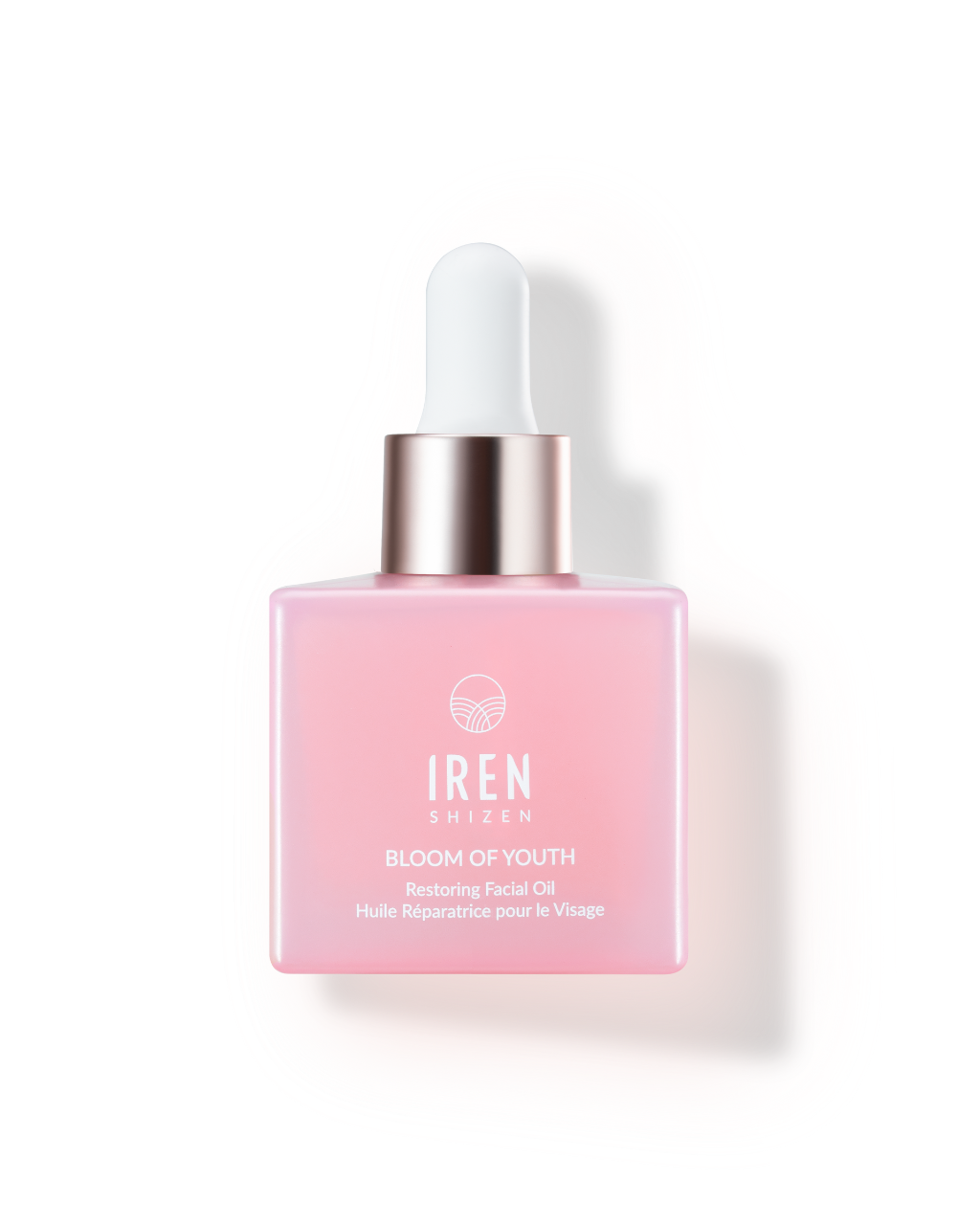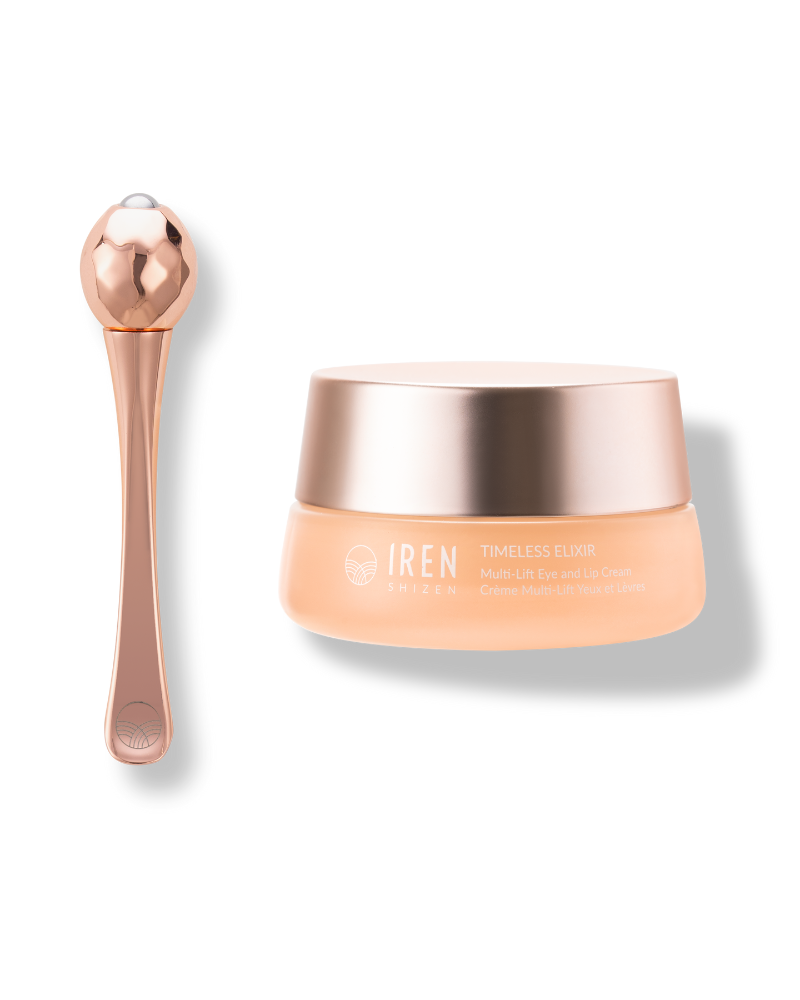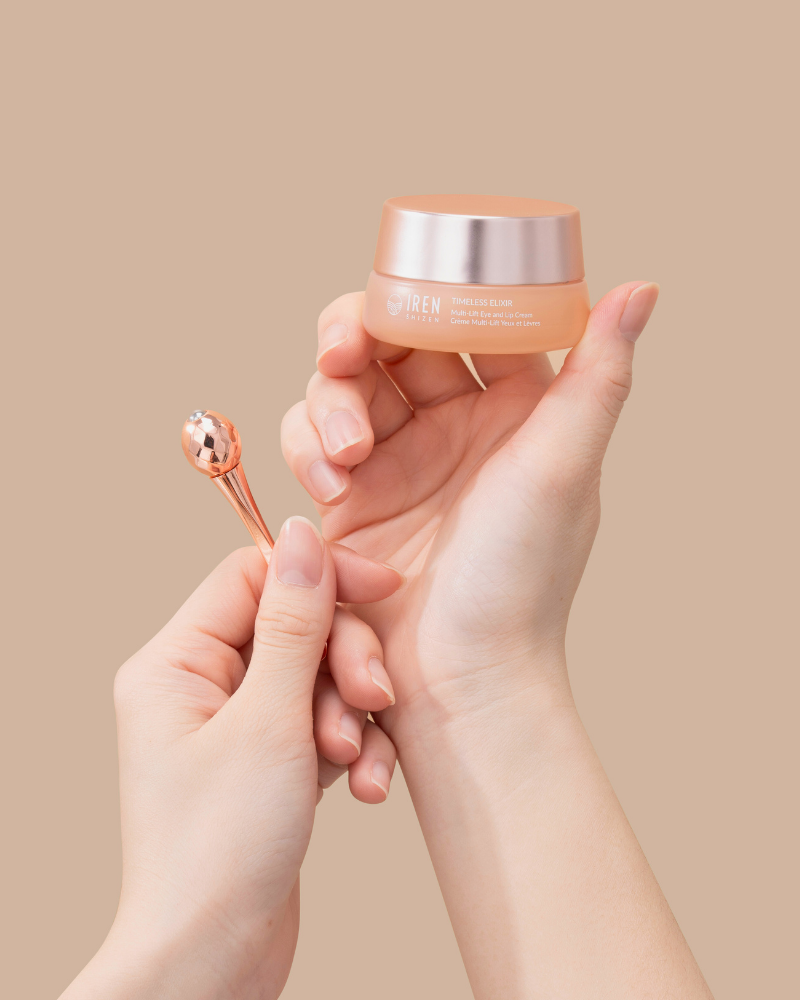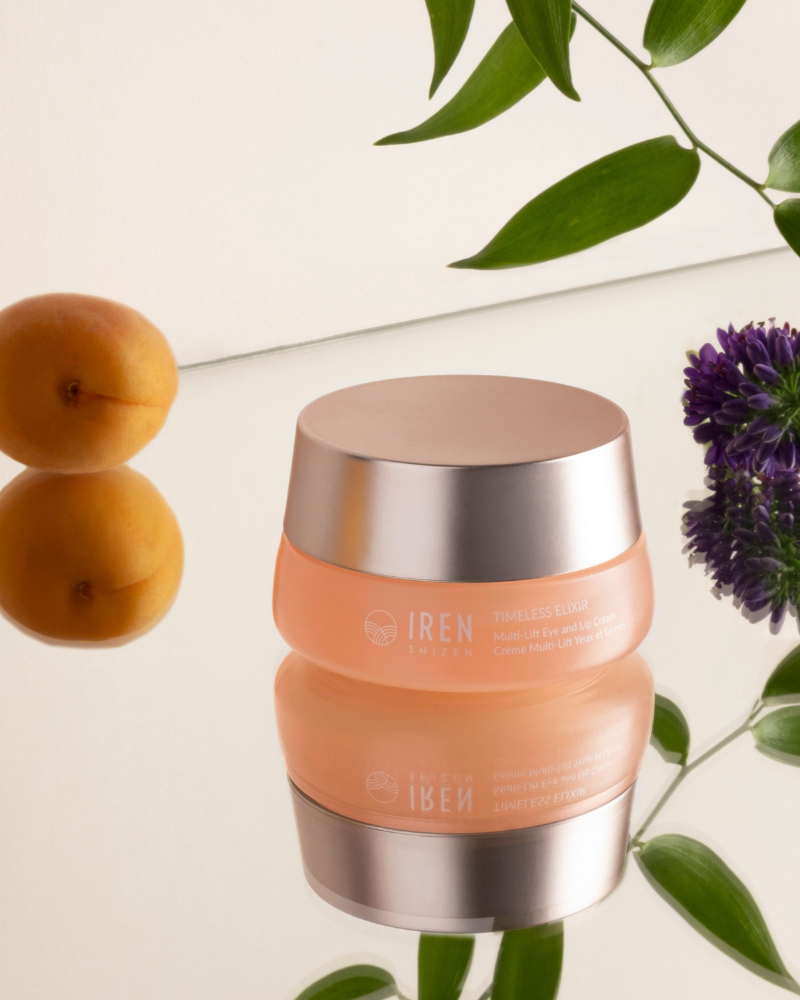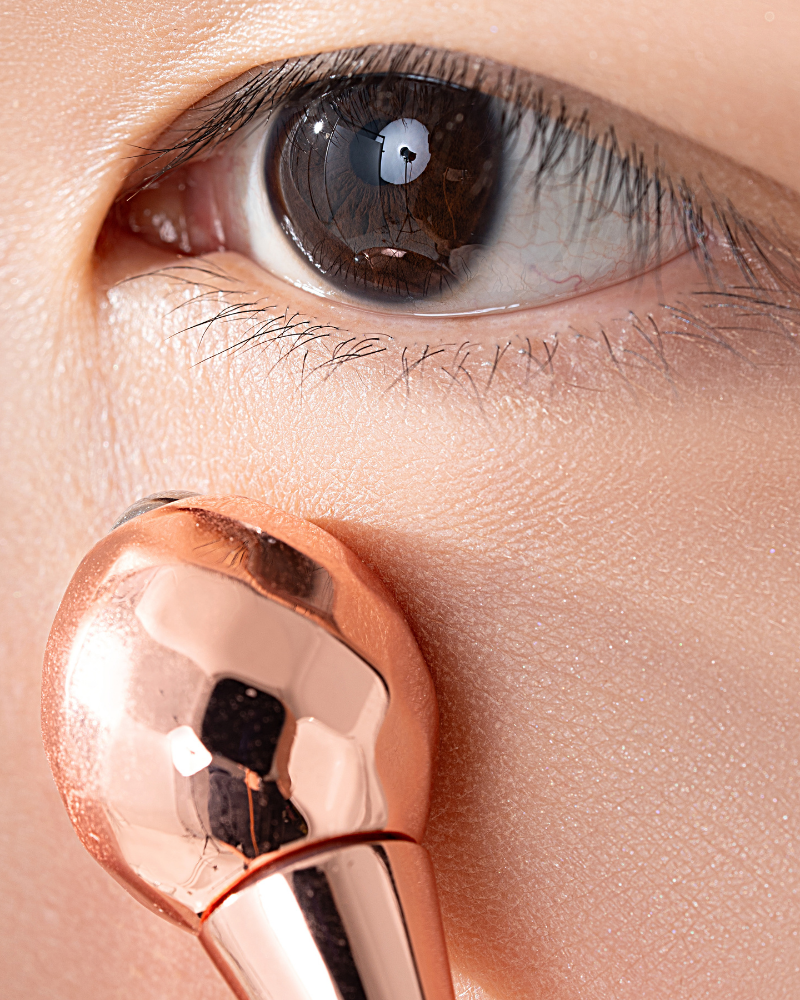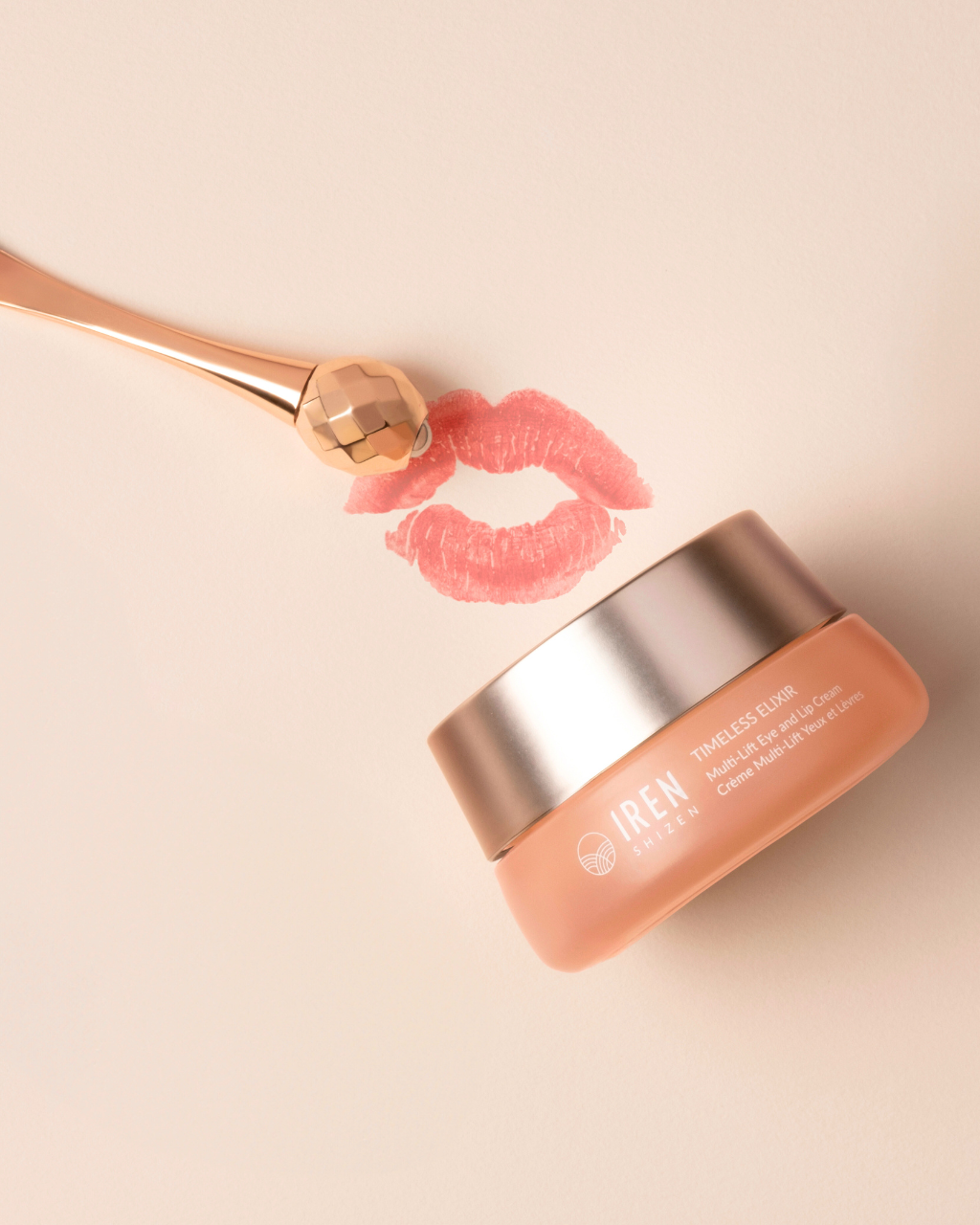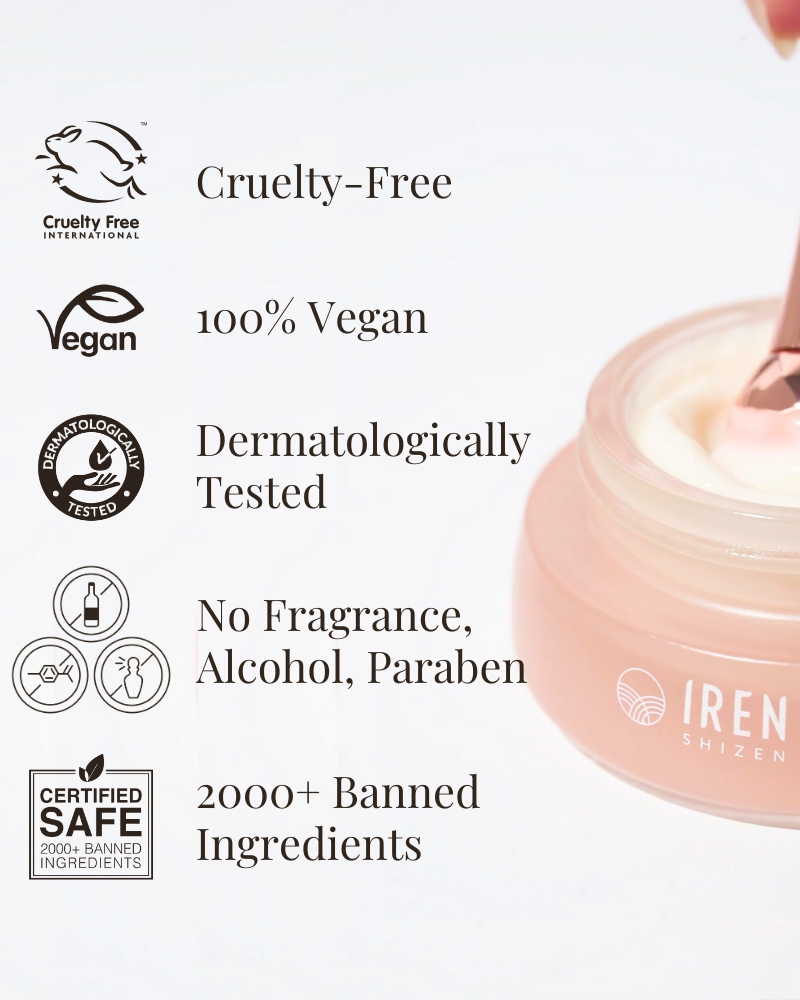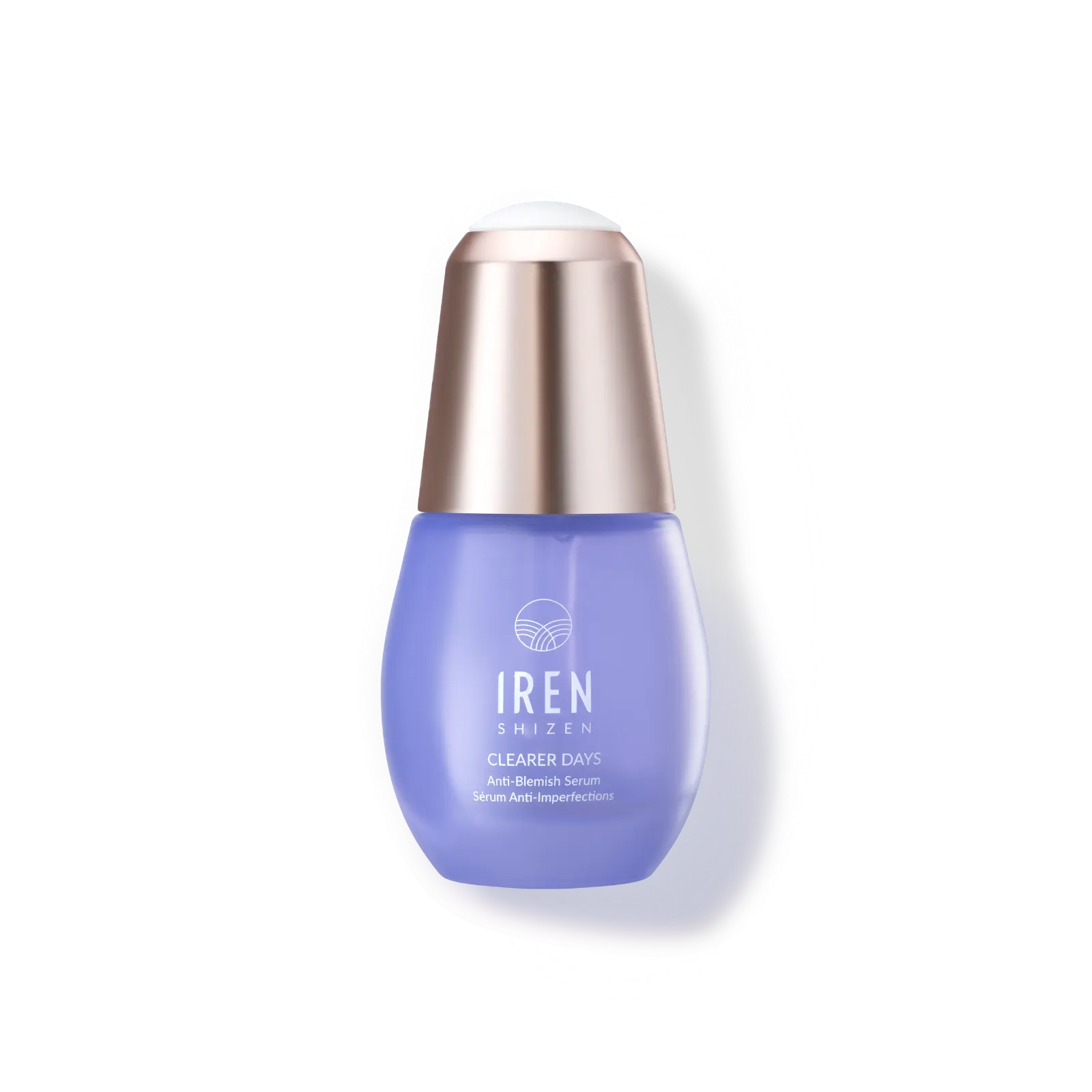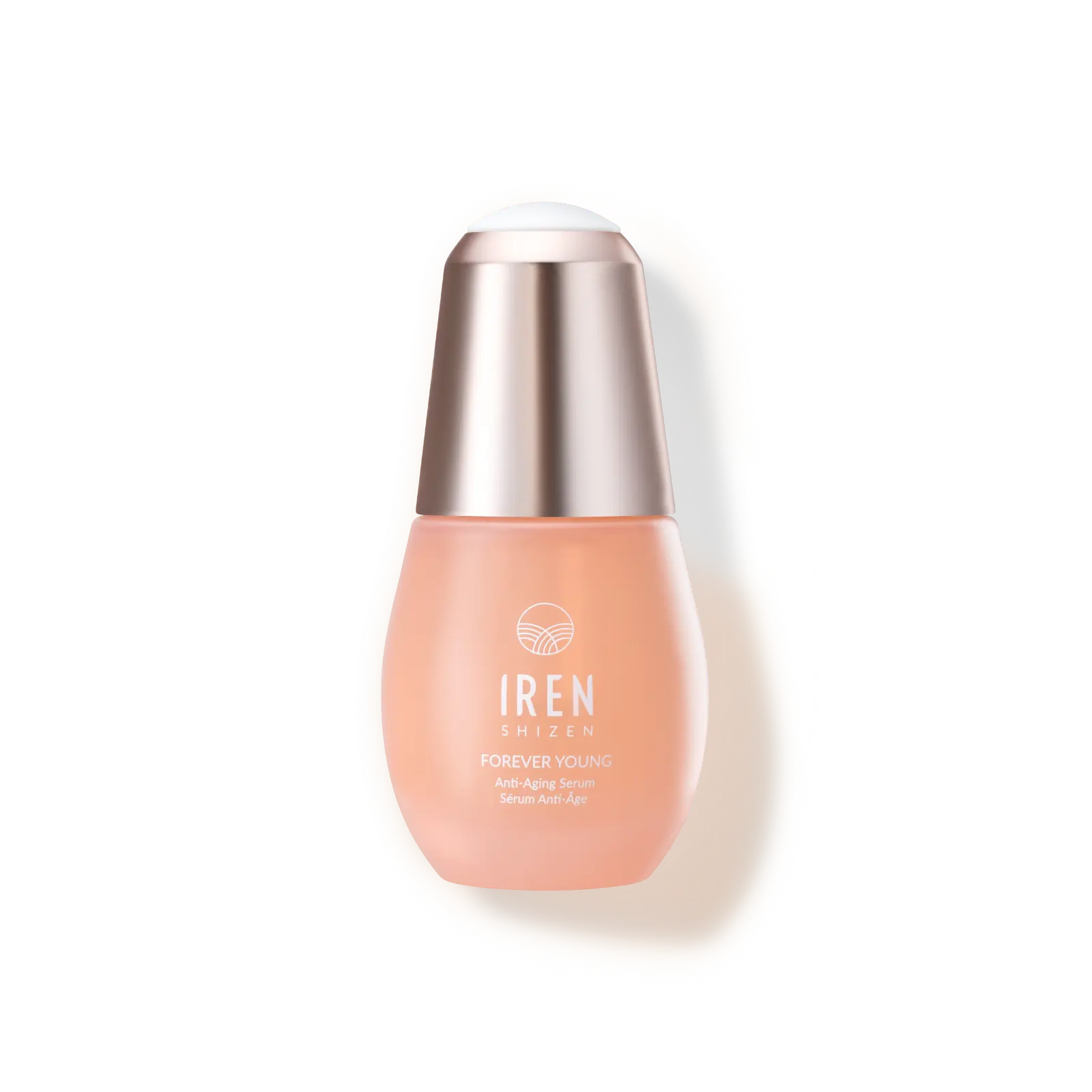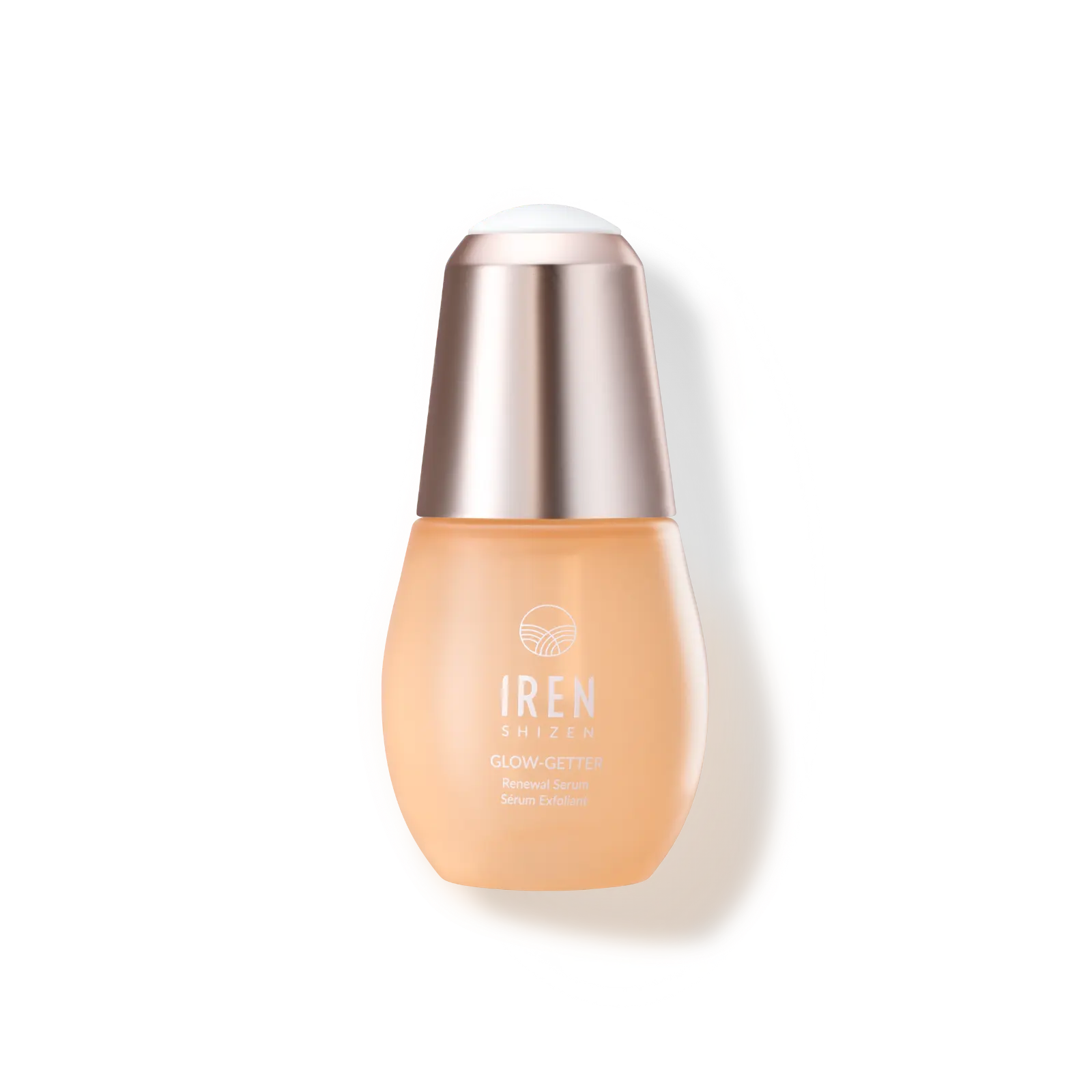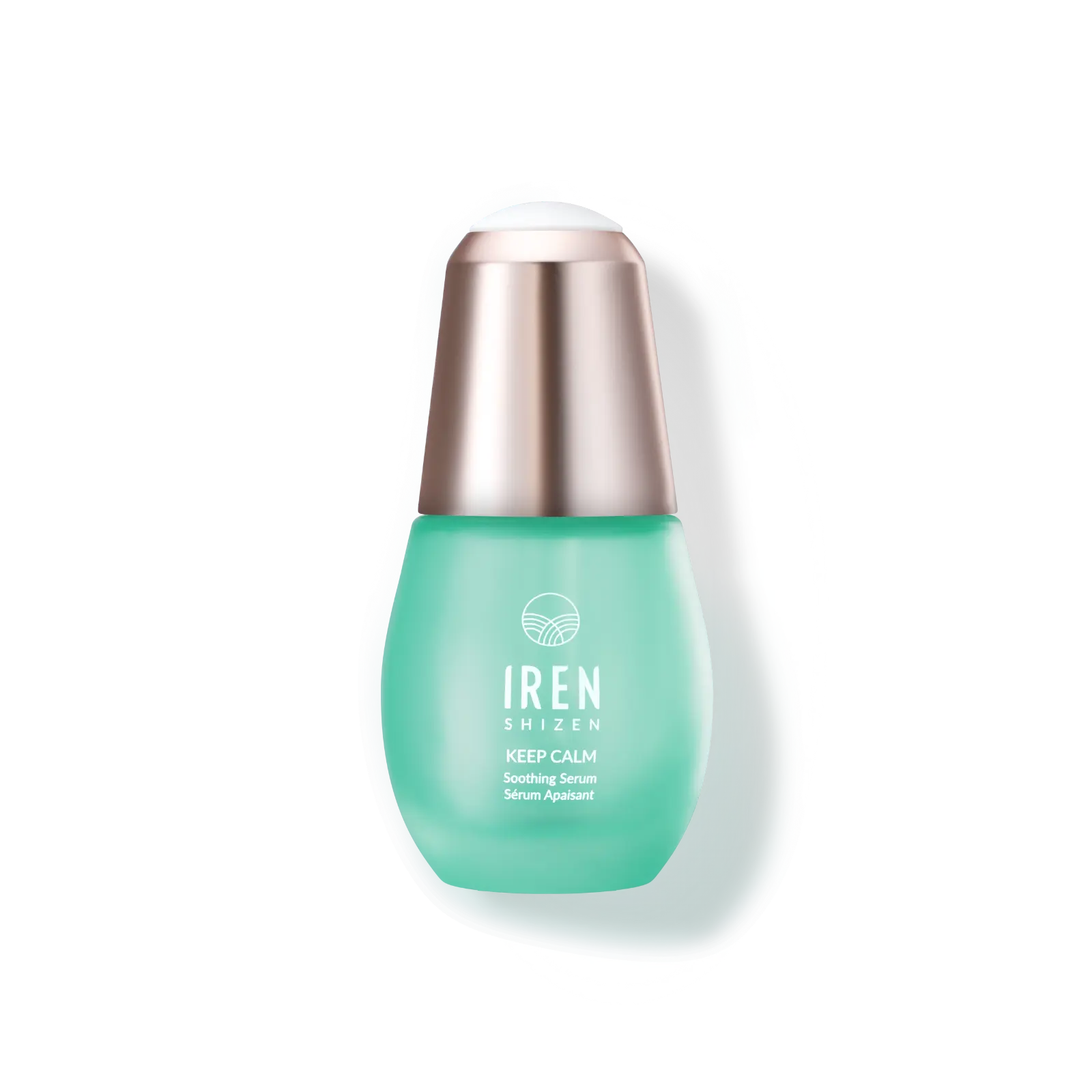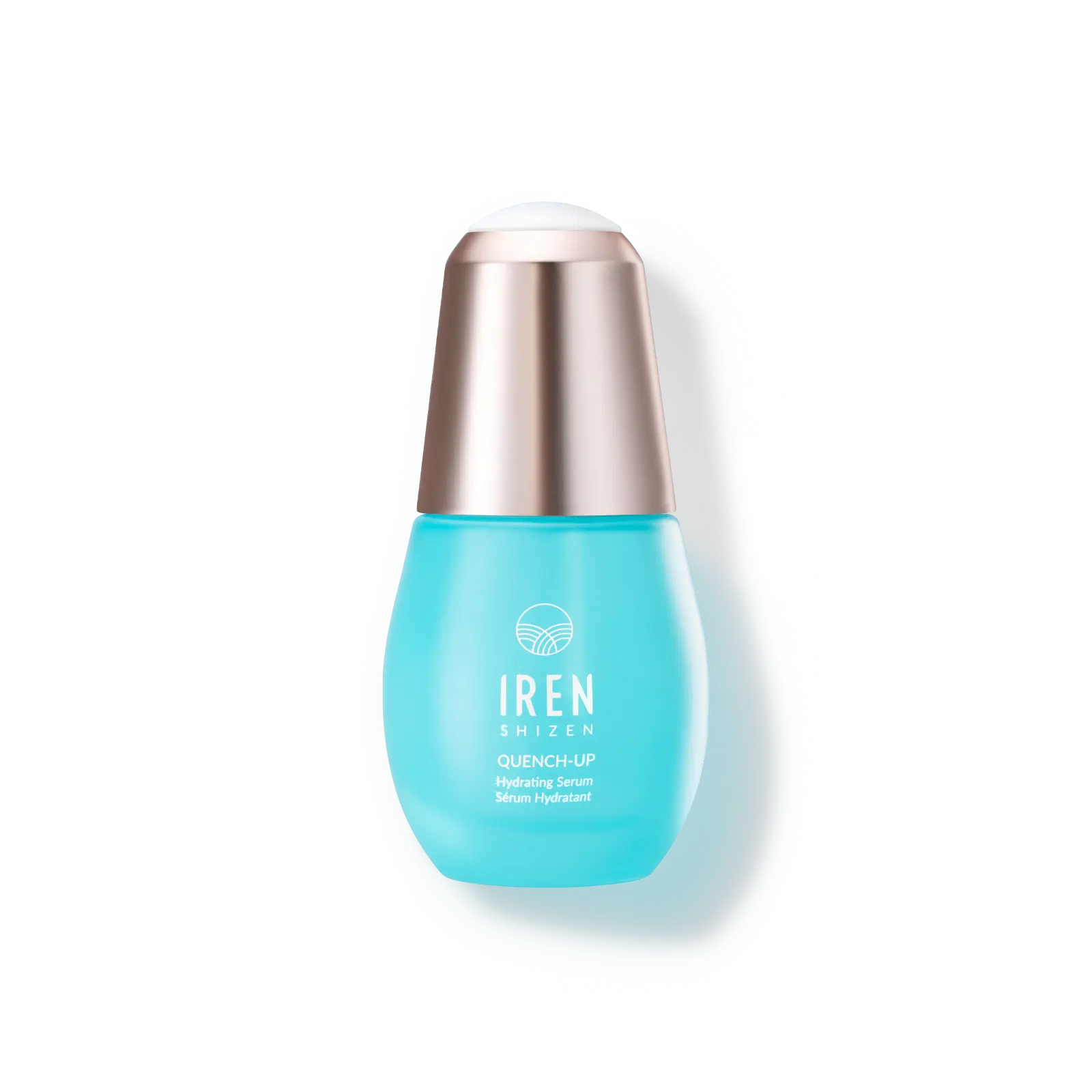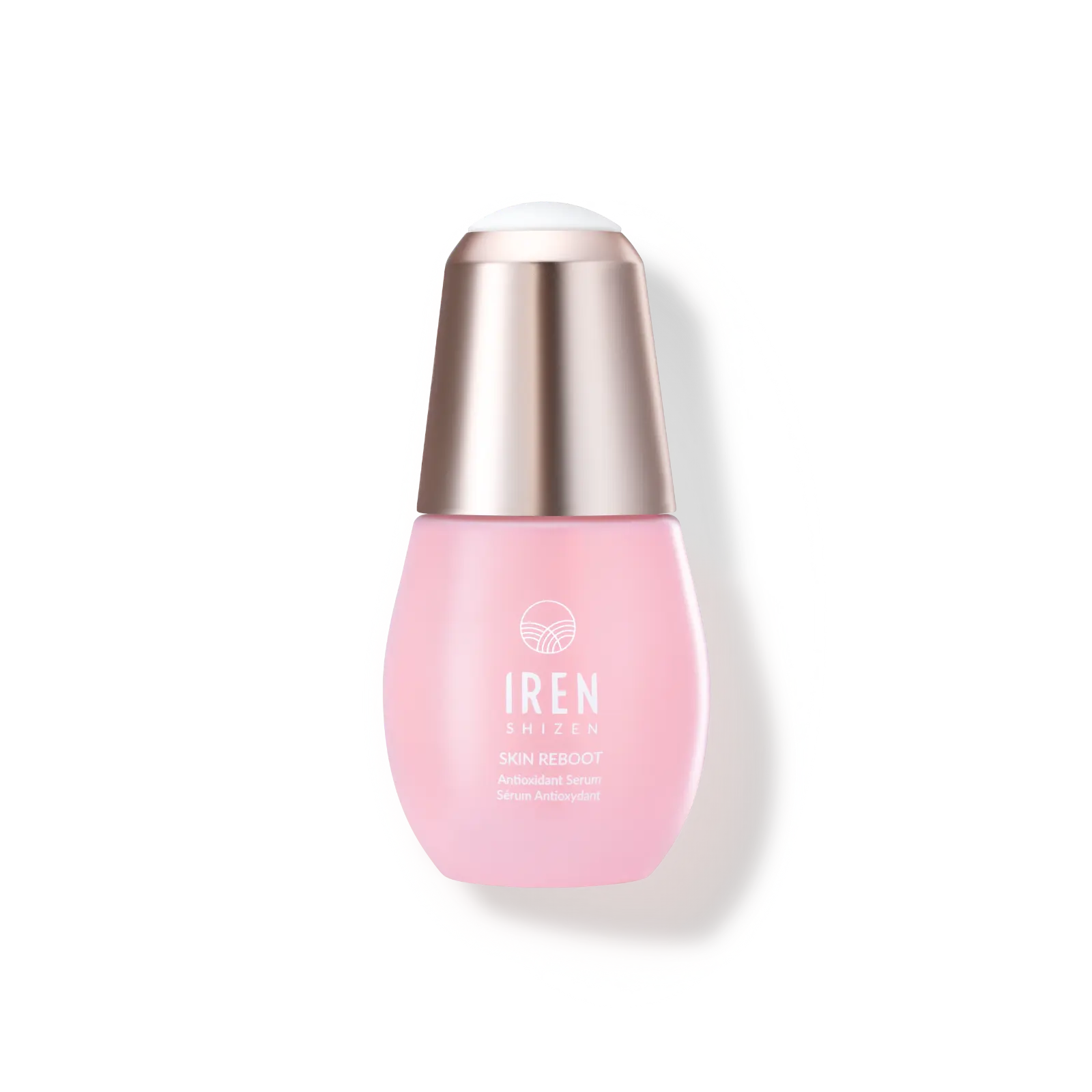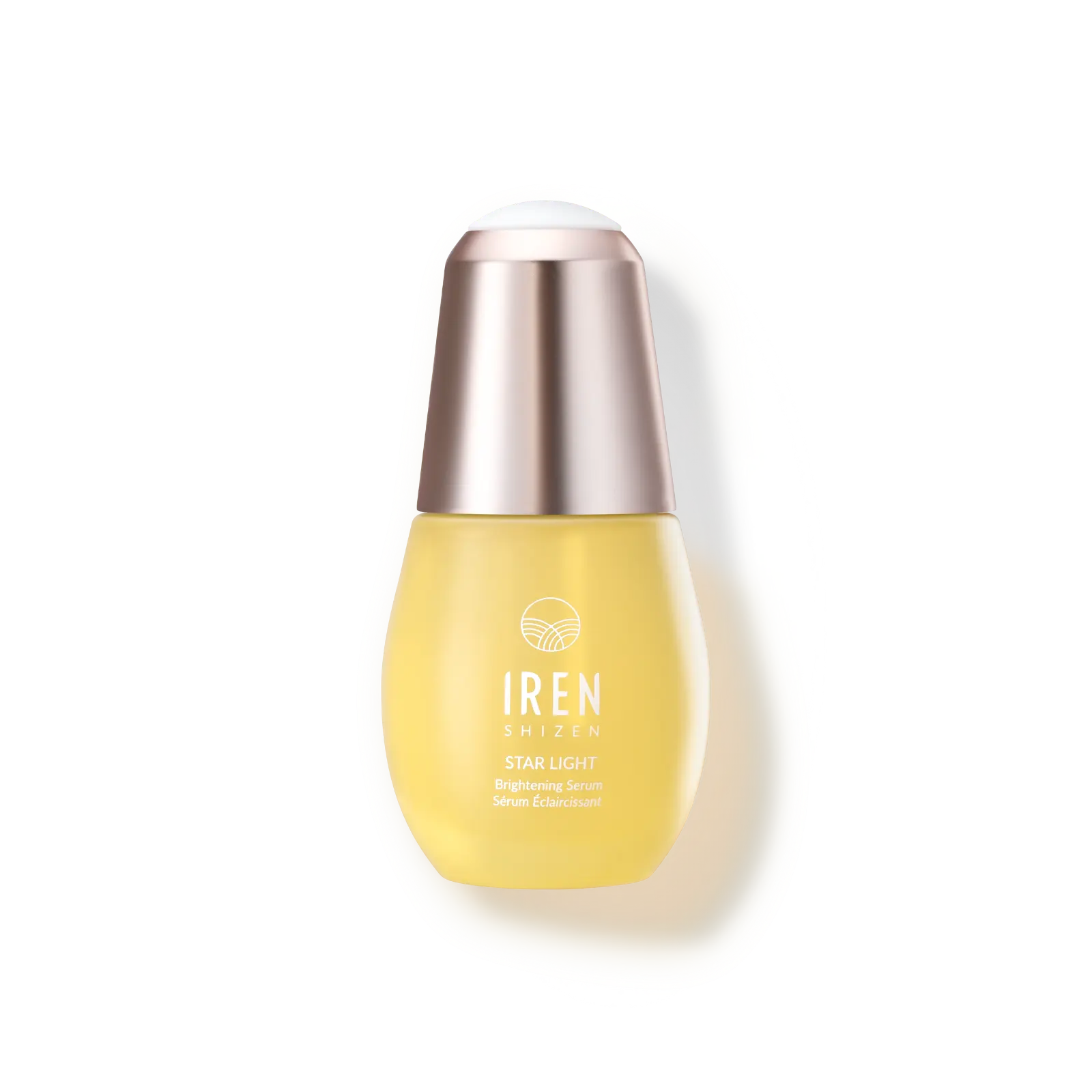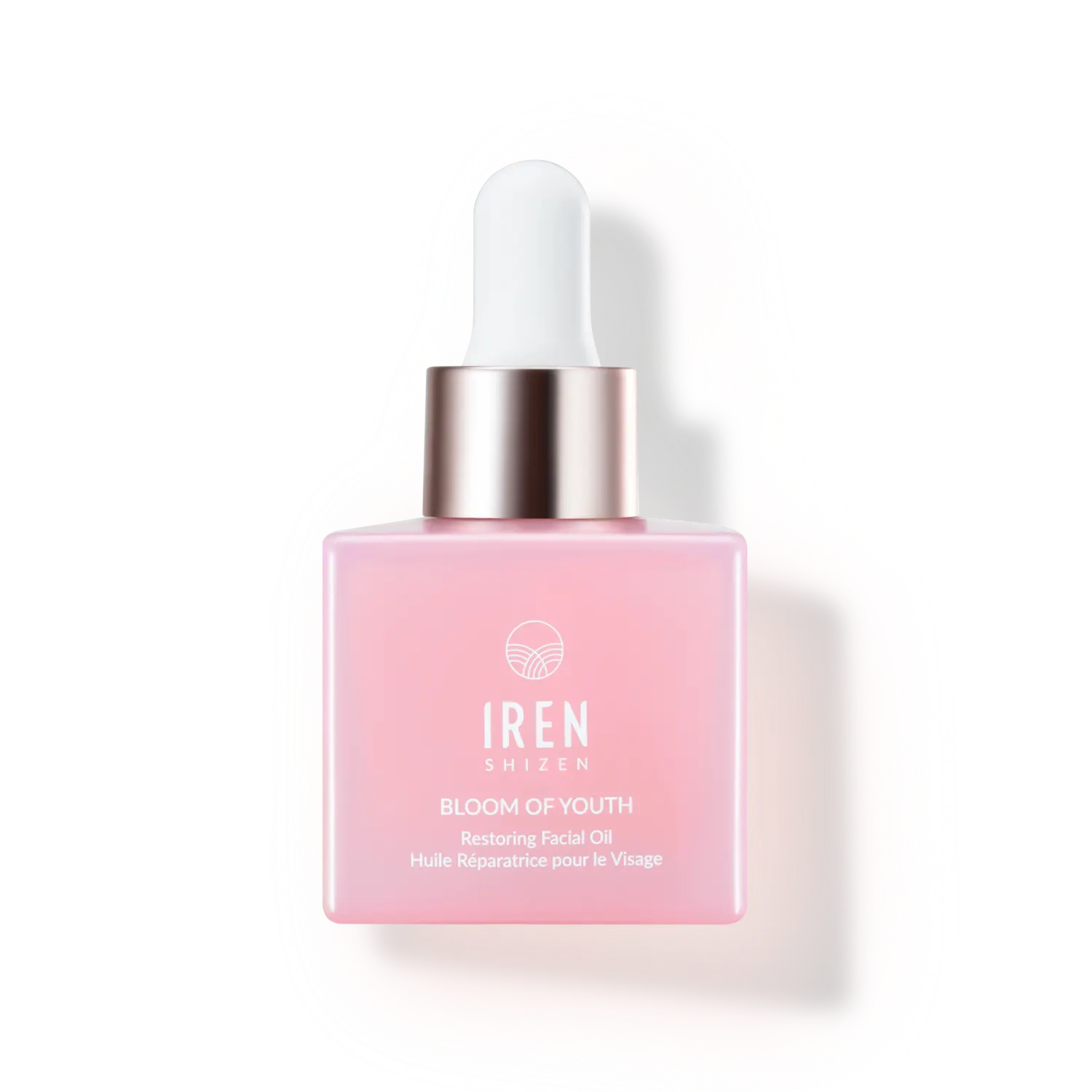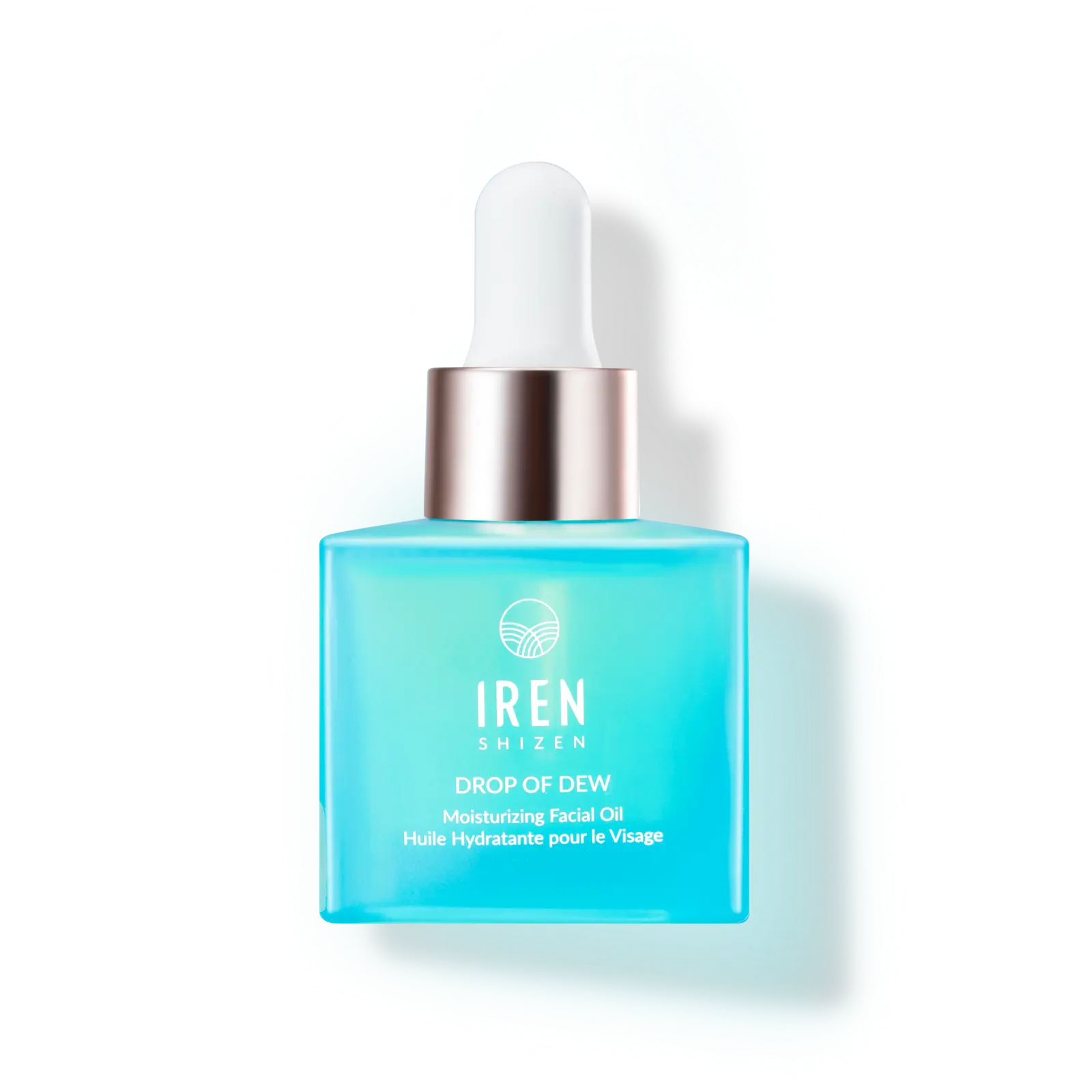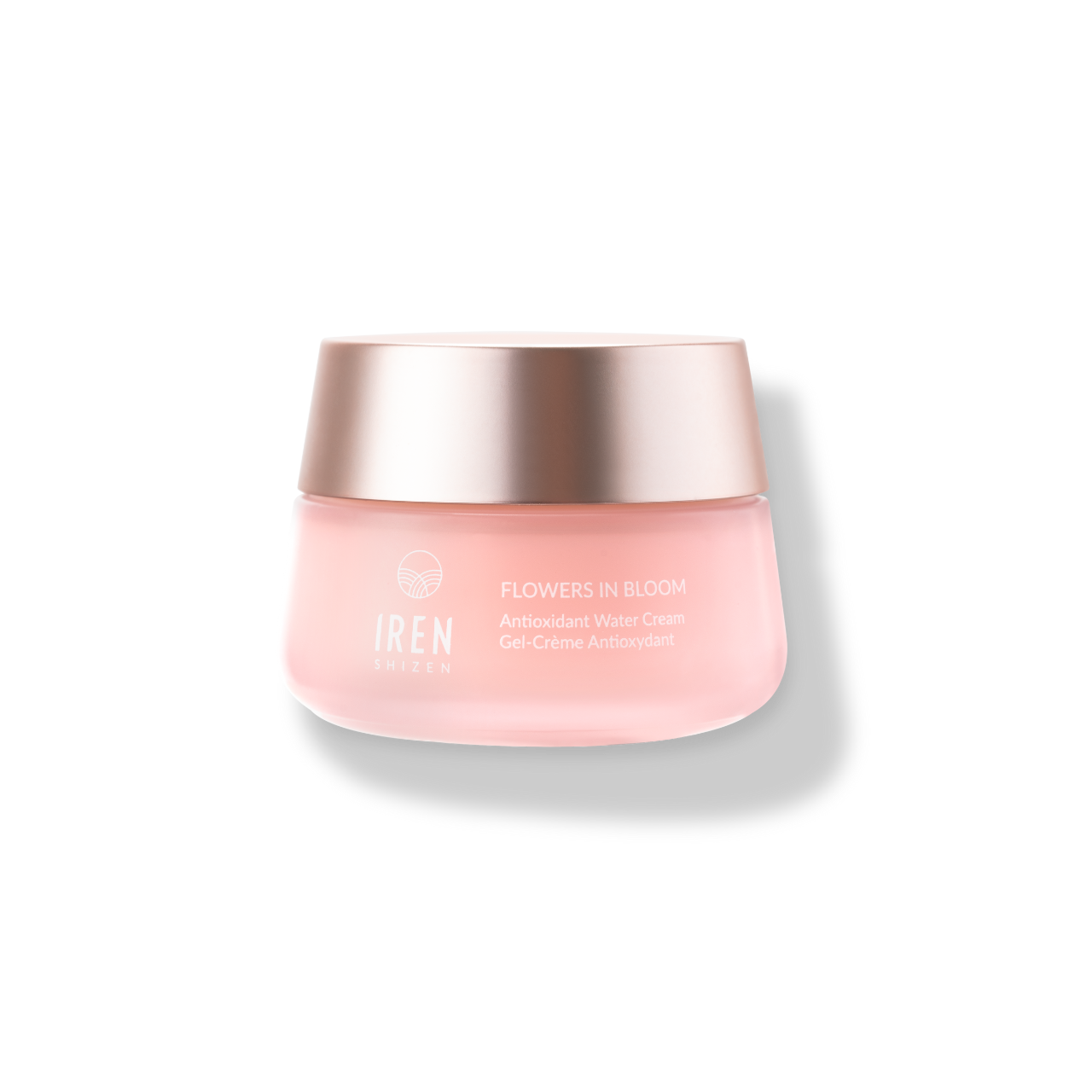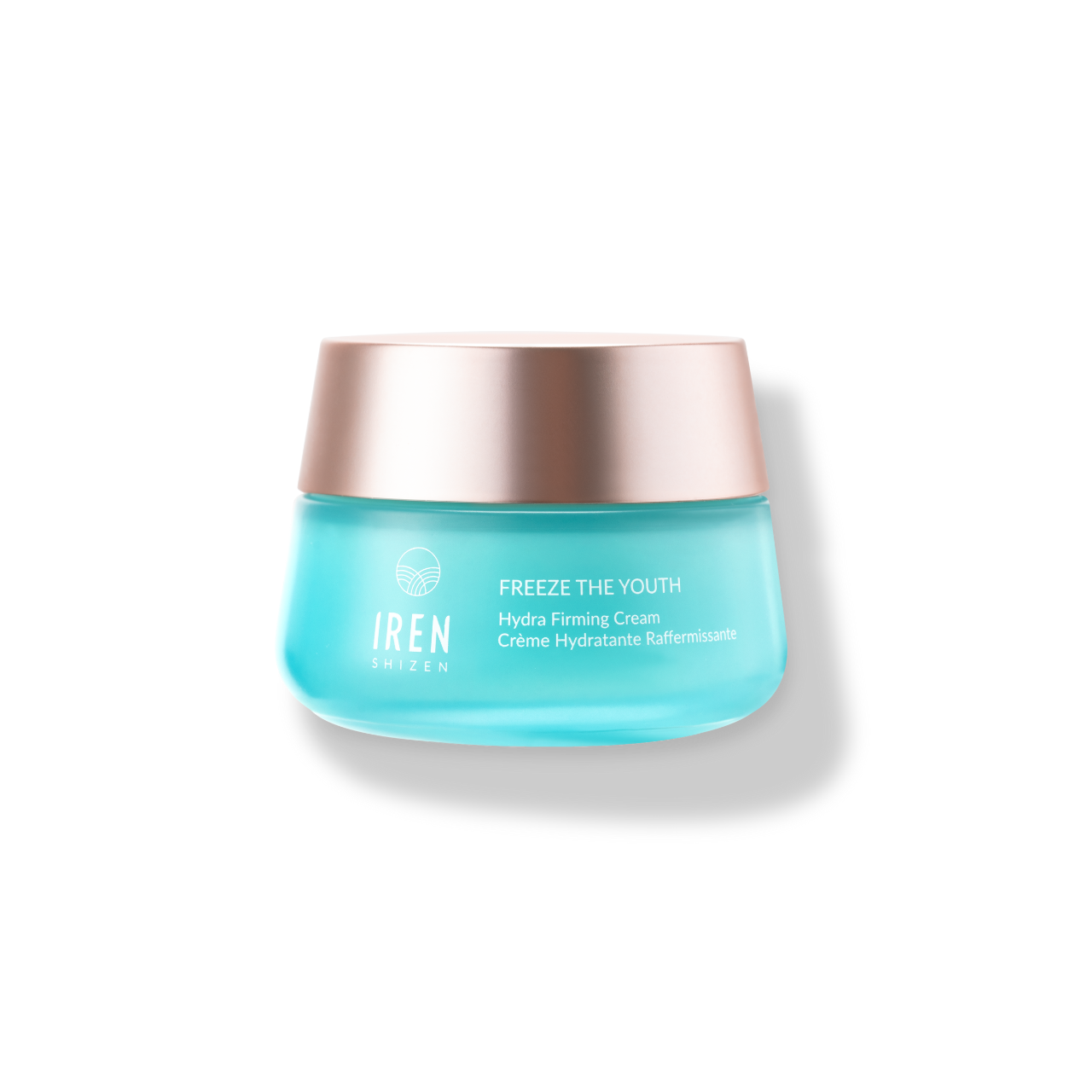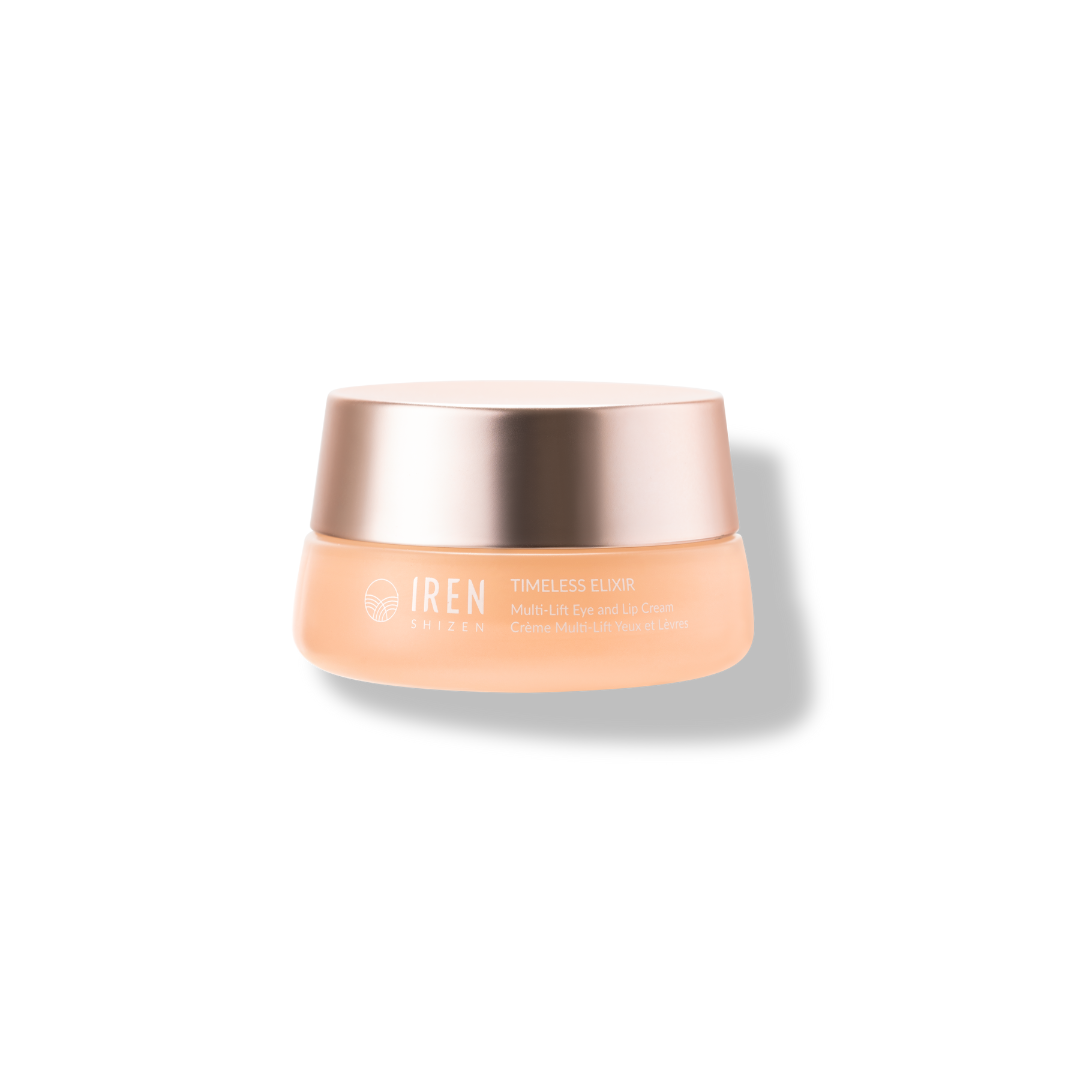Nail polish, fragranced lotions, hair sprays, and many more; we can bet you’ve tried one of these before. Their common denominator? Phthalates.
These plasticizers are dubbed as the ‘everyday chemical’ (we figured just as much) and are notable for the potential risks they leave behind once used. So why do phthalates continue to play a big part in our lives, and are they truly necessary? Read on as we delve further into it!
What are phthalates?

Now don’t get thrown off by its complicated spelling; we promise you phthalates are not that hard to understand. Pronounced “thal-ates,” this group of chemical compounds are typically used to soften plastic for the production of a multitude of products. With the exception of personal care, said products include children’s toys, raincoats, wall coverings, vinyl flooring, detergents, lubricants, food packaging, pharmaceuticals, blood bags, and tubing.
Common phthalates like dibutyl phthalate (DBP), dimethyl phthalate (DMP), and diethyl phthalate (DEP) can typically be found in personal care products to reduce cracking in nail polishes, produce hair sprays, and act as solvents in fragrances respectively.
As of late, only DEP is more commonly found in cosmetics. In which they help moisturizers and lotions penetrate your skin better and help scents in perfume linger.
What cosmetics contain phthalates?
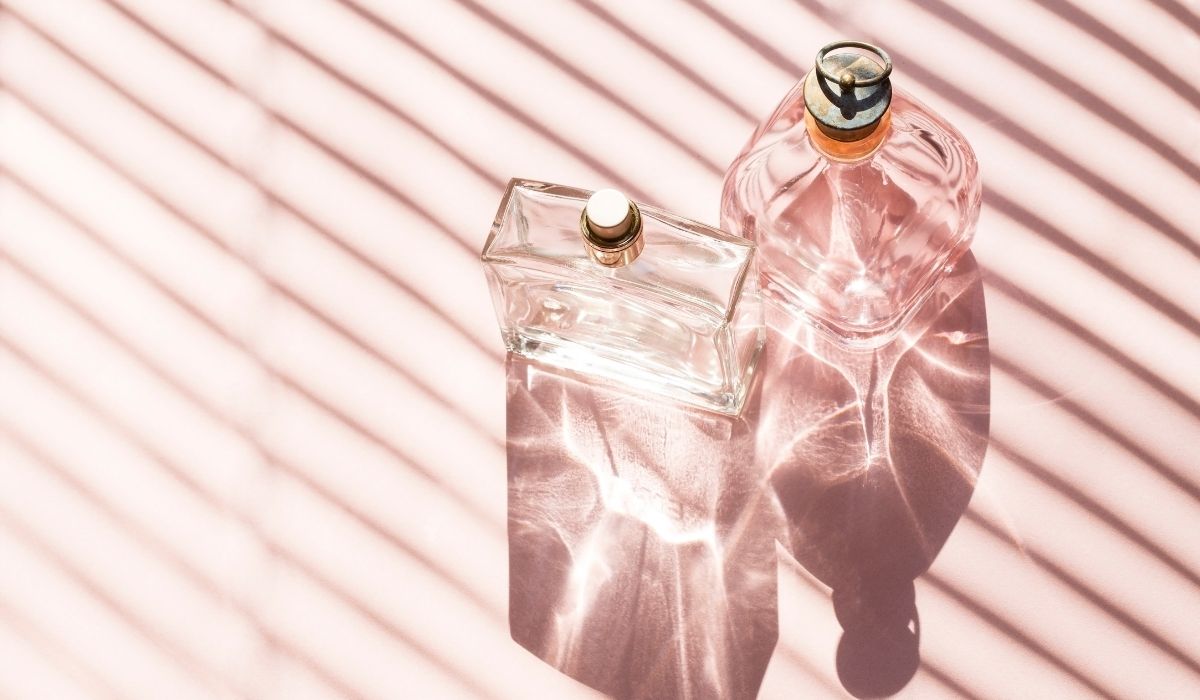
In short, phthalates improve texture, increase spreadability, and enhance absorption of personal care products. Sounds great on a surface level, doesn’t it?
So where can you find these particular products that contain it? Right here:
- Shampoos
- Perfumes
- Deodorants
- Skin cleansers
- Body lotions and creams
- Nail polishes
- Baby products (oils, lotions, shampoos, and diaper creams)
- Hairsprays, mousses, and gels
- Sanitary pads
The easiest way to spot phthalates in your products is to check the labeling. Lucky for us, brands need to provide an ingredient declaration in order to market phthalates for retail. Perfect so that consumers (us included!) will know exactly what we’re buying into.
But do be careful because there are loopholes in labeling as well! Ugh, we know—the trickery! As some regulations do not mandate for individual fragrance ingredients to be listed, some brands do get away with using phthalates in their products under the umbrella term: ‘fragrances.’
What are the health and environmental impacts of phthalates?

Although the benefits seem like they outweigh the bad, there are more repercussions to having the chemical in your skincare products. Particularly for your health and the environment.
Health
To give you a better picture of just how phthalates have intercepted our lives—a population study shows that 97% of 2,540 individuals tested have been exposed to one or more phthalates in their lifetime. Yes, you read that right. 97%!
Though if you think about it, it’s not that hard to believe. Phthalates enter our bodies through ingestion, inhalation, or skin absorption when exposed to heat or extracted by organic solvents, which is pretty often by the sound of it.
At the moment, there is not enough extensive evidence about the effects of the chemical on our human bodies. But one thing’s for sure—phthalates have garnered the reputation as an endocrine-disrupting chemical that alters hormonal balance and disrupts reproductive and developmental growth.
In particular, women may experience disrupted hormones, infertility and be at risk of miscarriages if exposed to too many phthalates throughout their life. Though we also have to take into account the National Institute for Environmental Safety and Health's argument that reproductive risks are small in degree in most cases. On the other hand, men may notice genital deformities and a lower sperm count due to sperm DNA damage. Make of that what you will.
What’s worse, phthalates cause adverse effects to infants and children, such as allergies, premature puberty, eczema, asthma, lowered IQ, and ADHD. Infants exposed to phthalates in baby shampoos, lotions, and powder also show higher levels of phthalate metabolites in their urine as well.
Generally, phthalates may also affect your thyroid, liver, kidneys, and immune system. DEHP and DBP are also possible carcinogens (in breast cancer formation); with DBP especially as a penetration enhancer that can deliver chemicals deeper into your skin, increasing the possibility of allergic reactions and inflammation.
Environment
Phthalates have practically taken over the environment! Studies show that you can detect its notable presence in the air, drinking water, rivers, sewage, and soil. Think of it as an easy polluter through the leaching, migration, and oxidation of products during use and storage.
Chemicals like DBP can also cause significant damage to freshwater algae and affect the entire marine ecosystem. Similarly, phthalates in soil can affect the plants that grow from it and their nutrients right down to their seeds.
DBP has links to the steady decline of reptiles globally and is responsible for the disruption of their developmental internal reproductive organs. Thus, causing the underdevelopment of the vas deferens (a fancy term for the male reproductive organ), the formation of vacuoles of Sertoli cell cytoplasm, lymphocyte (white blood cell) infiltration, and gonadal dysgenesis (a developmental disorder of the reproductive system since birth).
How are phthalates regulated?
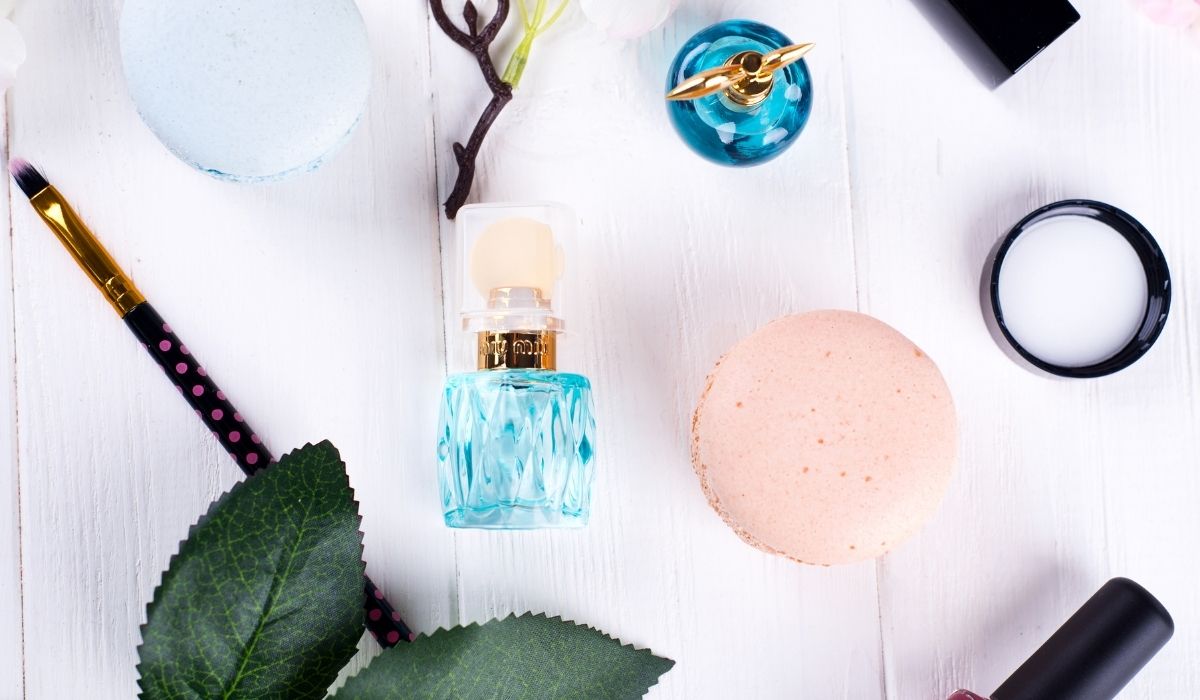
As there is insufficient evidence on the harmfulness of phthalates on humans, it’s not surprising that there are not many regulations are in place for the chemical. In the US, few government agencies have oversight of the chemical when it comes to cosmetics.
The Food and Drug Administration (FDA) mainly monitors the use of phthalates in food packaging. At the same time, the United States Environmental Protection Agency (EPA) regulates it under its clean air and water powers.
Although this is so, both agents will continue monitoring phthalates’ levels in cosmetic products by using analytical methods and conducting surveys. Interestingly enough, a 2004 study found that phthalates in cosmetics have decreased considerably from 2004 to 2010.
Since the early 2000s, the EU has been actively involved in regulating the use of phthalates in consumer products. In 2003, the EU even banned five types of phthalates in cosmetics.
And finally, Canada’s regulatory parties have banned the use of DEHP in cosmetics and restricted its use in other products.
What are the alternatives to phthalates?

So what can you do to avoid phthalates in your skincare products? The answer is simple; find phthalate-free cosmetics to use instead. One way to actively spot such products is to check the labels for phthalates and their alter-egos (other names they may go by).
Without further ado, here are some substitutes you should consider using instead of phthalates:
- Triethyl Citrate (TEC): A non-toxic, eco-friendly, and biodegradable ingredient manufactured from nature-derived agro resources suitable for high-grade hairsprays, nail polish, deodorants, and fragrances.
- Dipropylene Glycol: An odorless alternative that improves the texture and stability of formulations and masks odors, often found in deodorants, masks, cleansing gels, toners, creams, sunscreens, and serums.
- Isopropyl Myristate: A clear, oil-like liquid that smoothes skin, often found in retinol, cleansing, facial, hair, body oils, foundations, concealers, creams, and serums.
- Benzyl Benzoate: An odorous solvent used in healing creams, aftershave, foam wash, firming masks, dry shampoos, conditioner, shower gels, and body oils. It’s best to avoid this one if you have sensitive skin though!
- Musks (Galaxolide, Tonalide, Ethylene Brassylate): Odorous ingredients often found in perfumes, colognes, scented soap, body wash, sprays, lotions, hair products, detergents, and softeners.
- Acetyl tributyl citrate (ATBC): A plasticizer found in cosmetic products like lip liners, nail polish, and moisturizers.
Our Advice?

As always, we recommend avoiding harmful (or potentially harmful) ingredients in your skincare products. Something as precious as your skin should not be messed around with, and paying a little extra for phthalate-free products will help you in the long run.
At IREN Shizen, all of our products are scientifically clean and are rid of hazardous chemicals; so you can rest easy knowing that you’re causing no harm to your skin. Taking baby steps in reducing your use of harmful substances will go a long way, we promise!
|
Want to find out more about IREN Shizen's 6 other no-no ingredients? You can read all about them here: |

